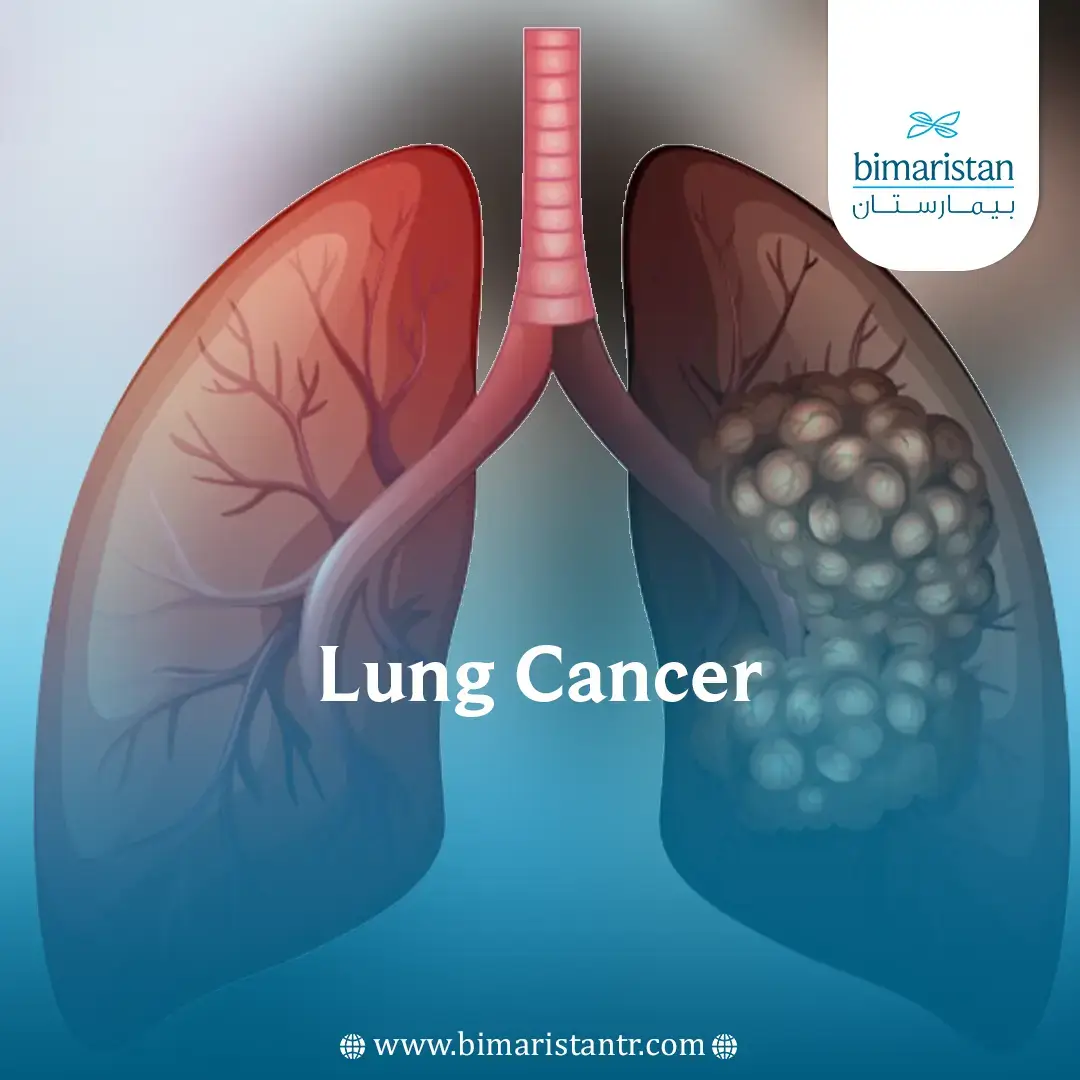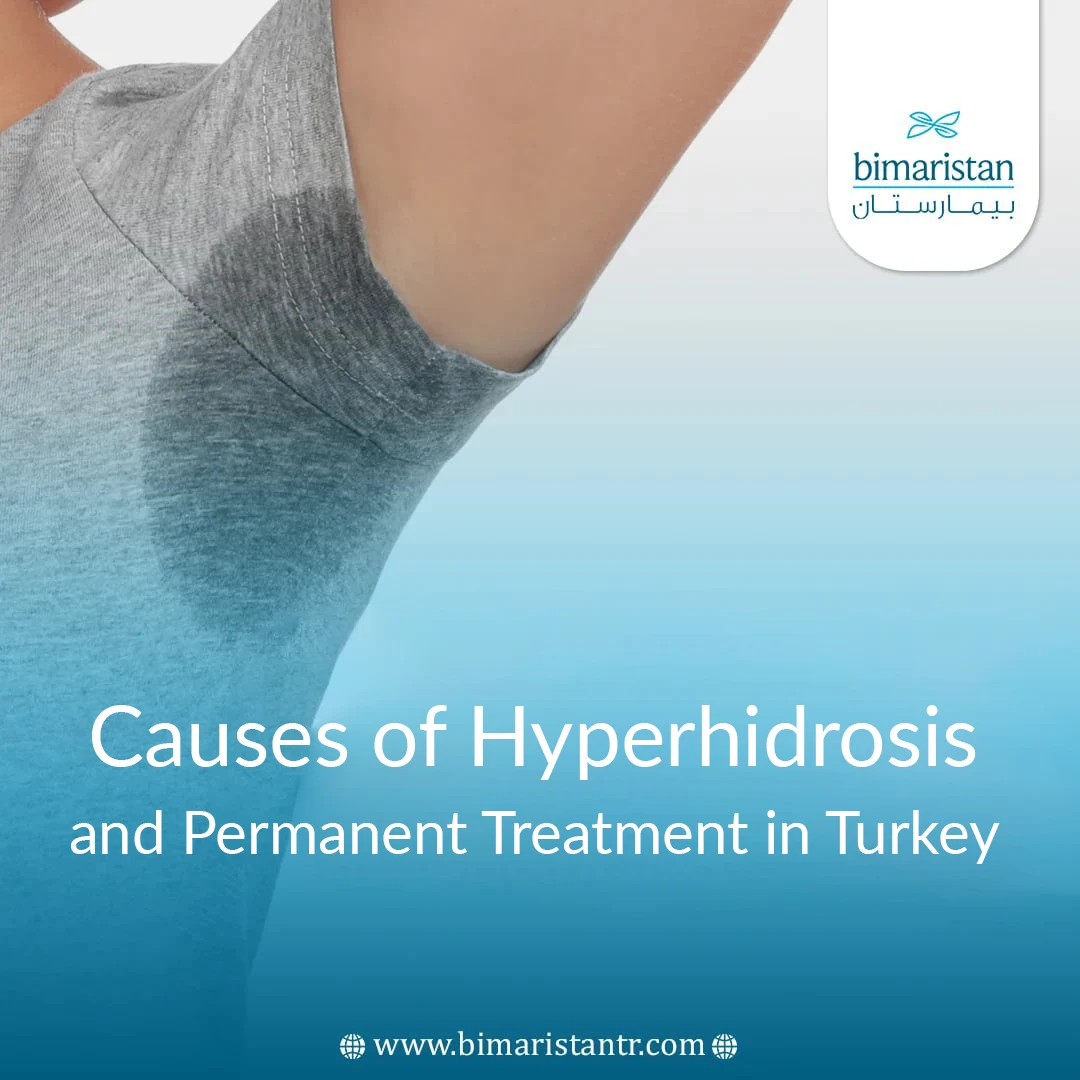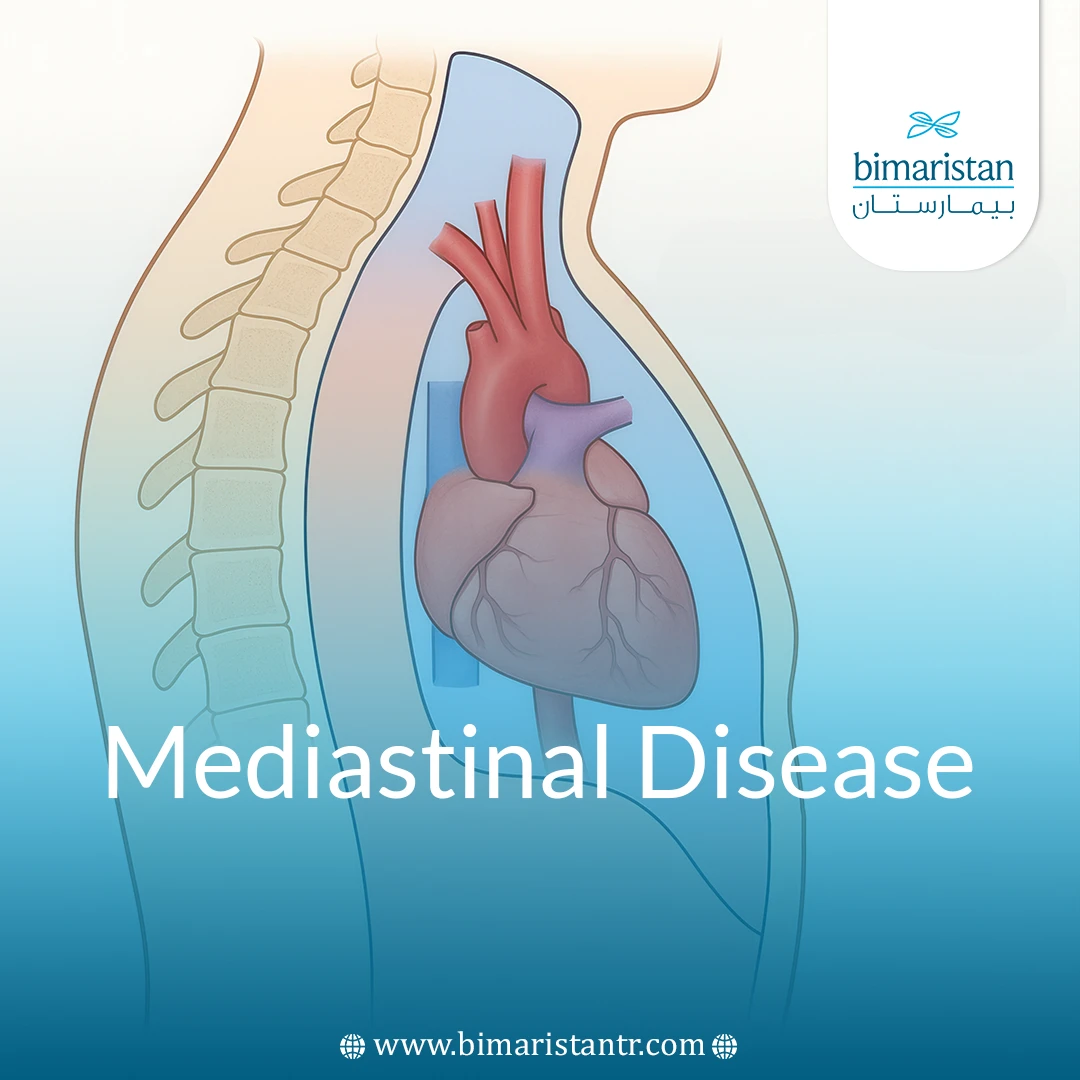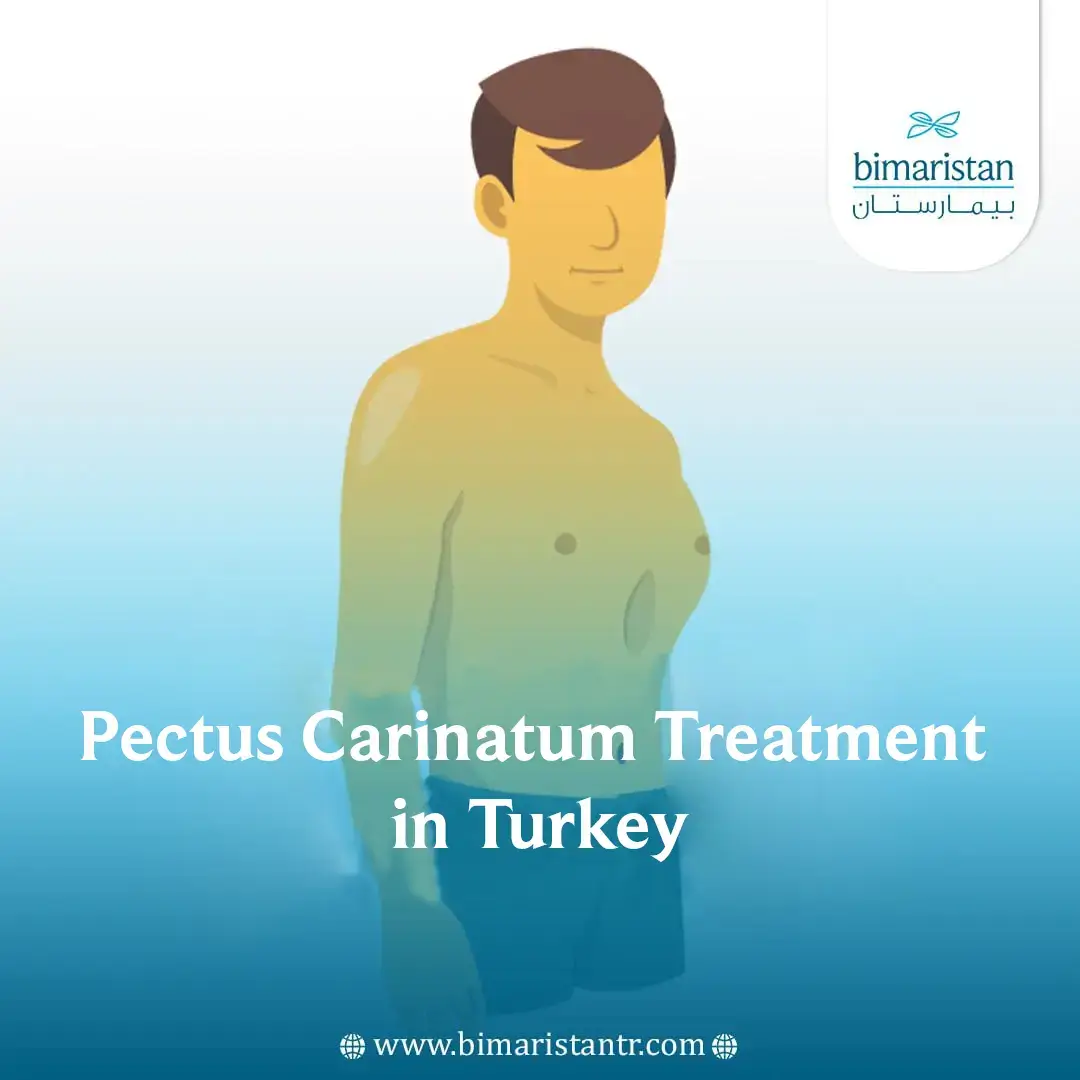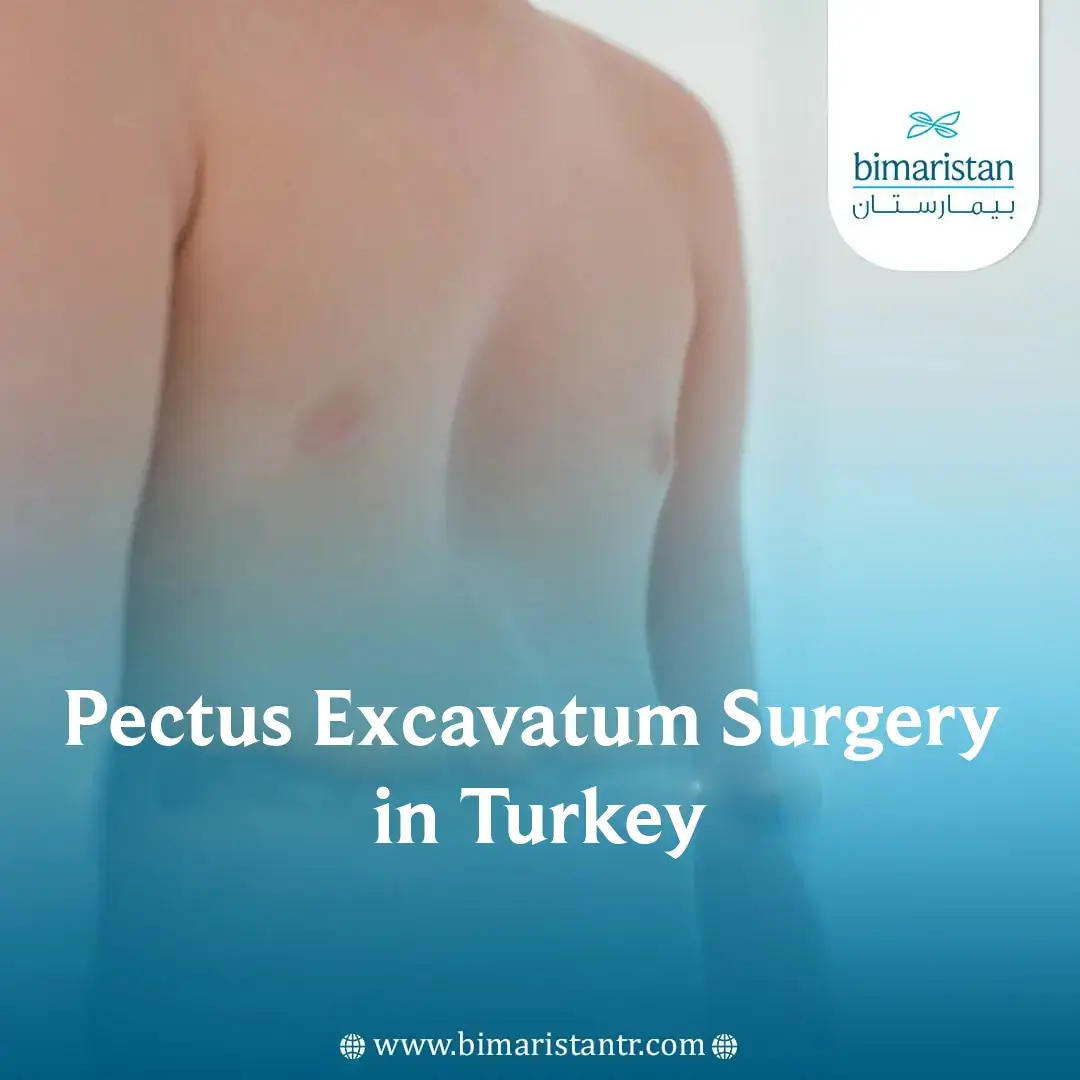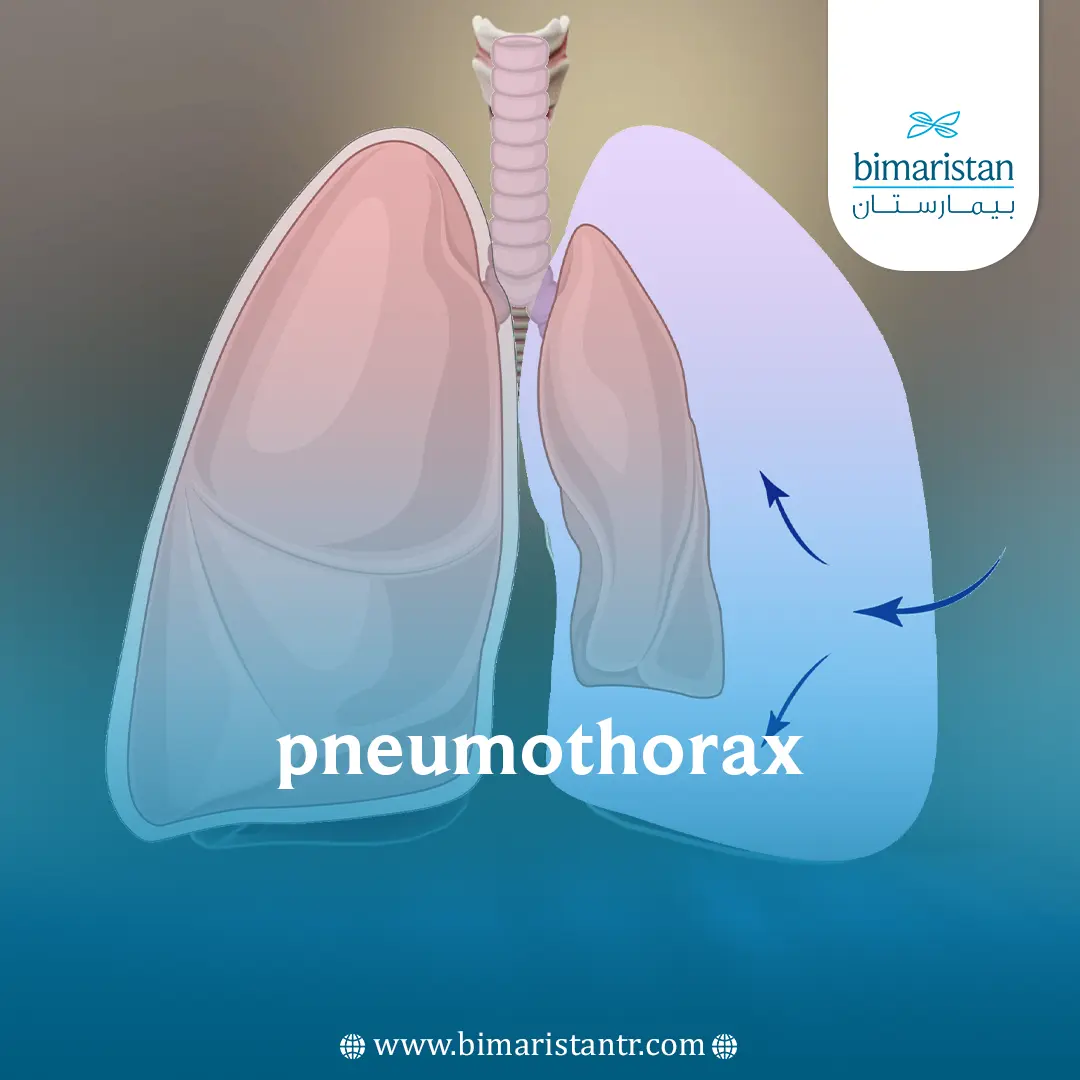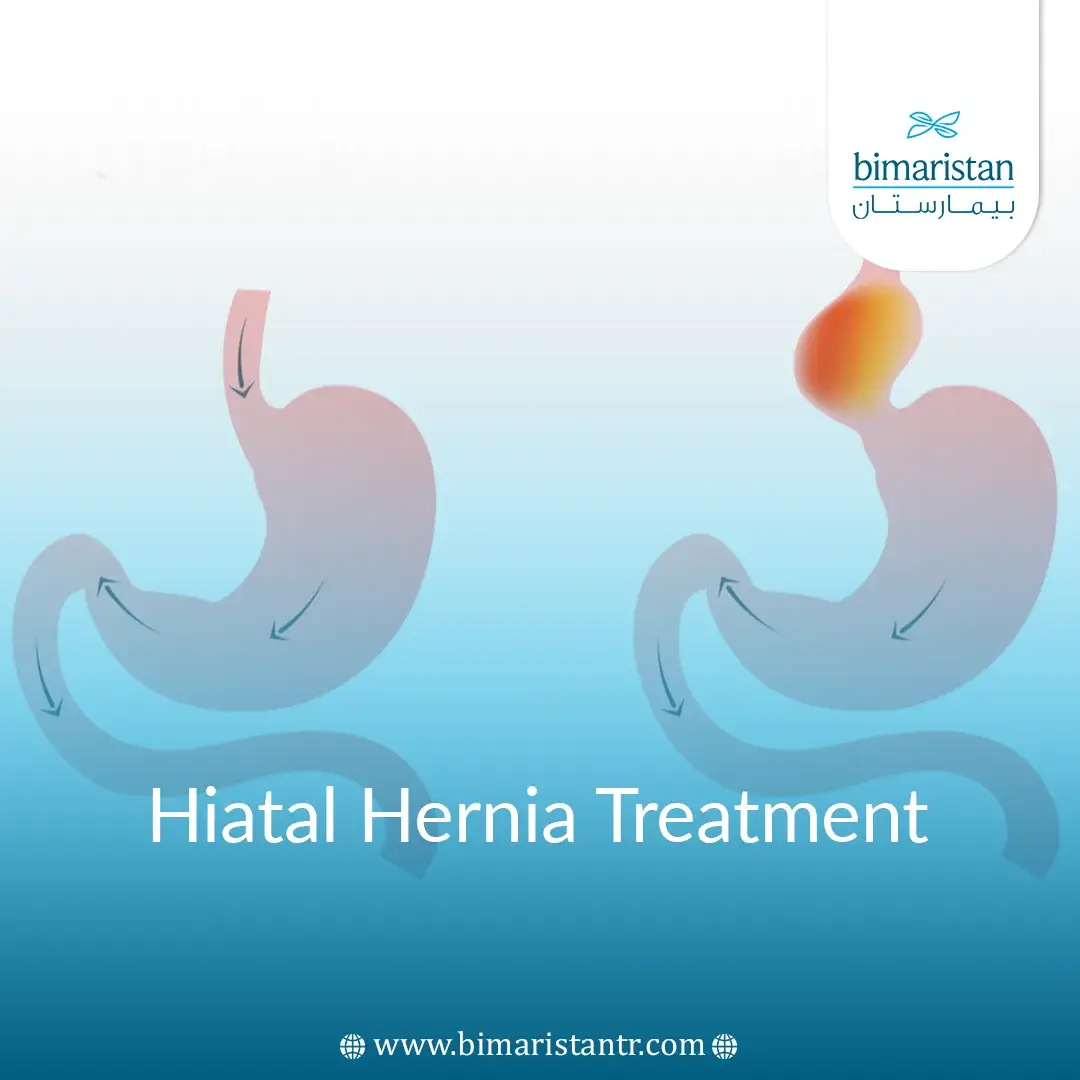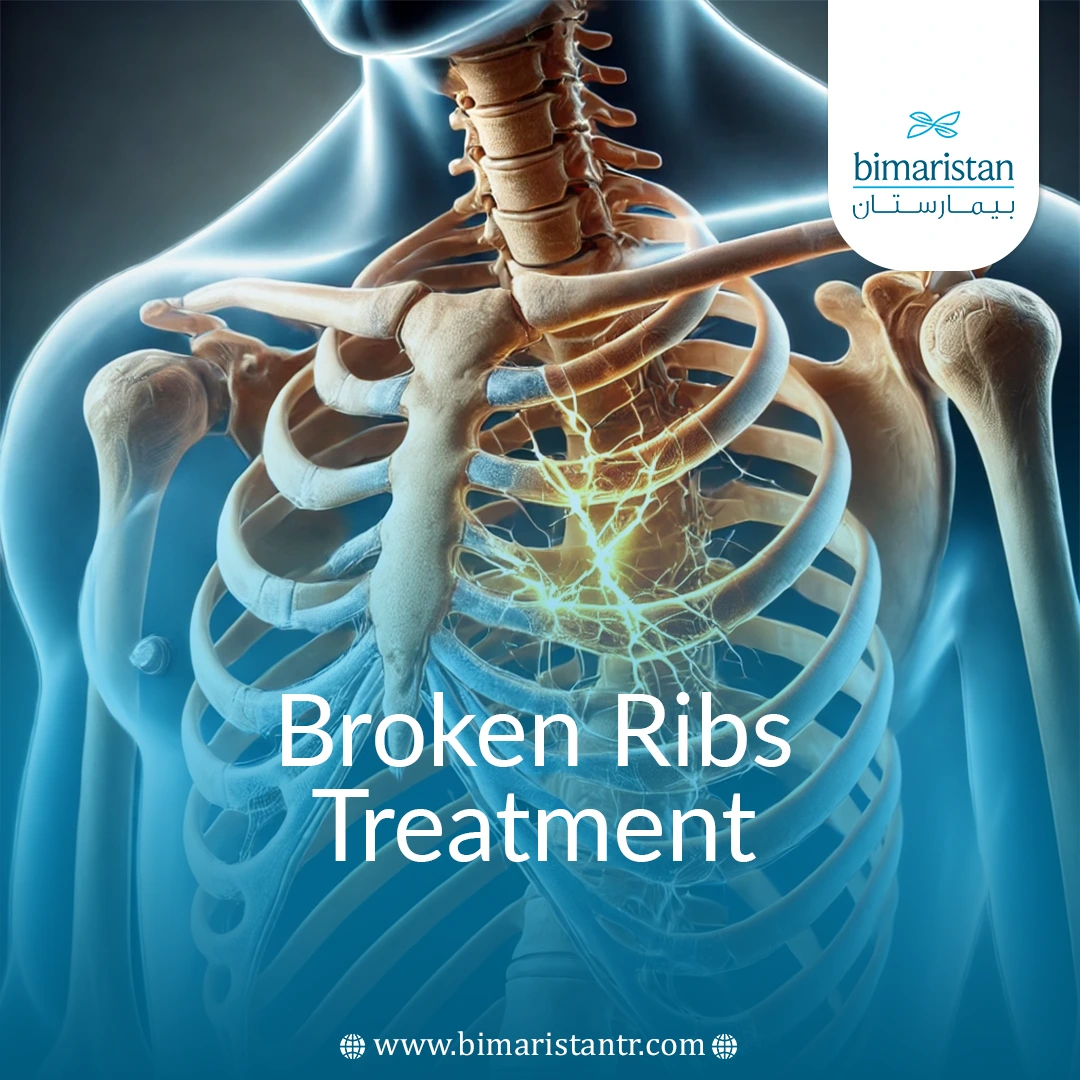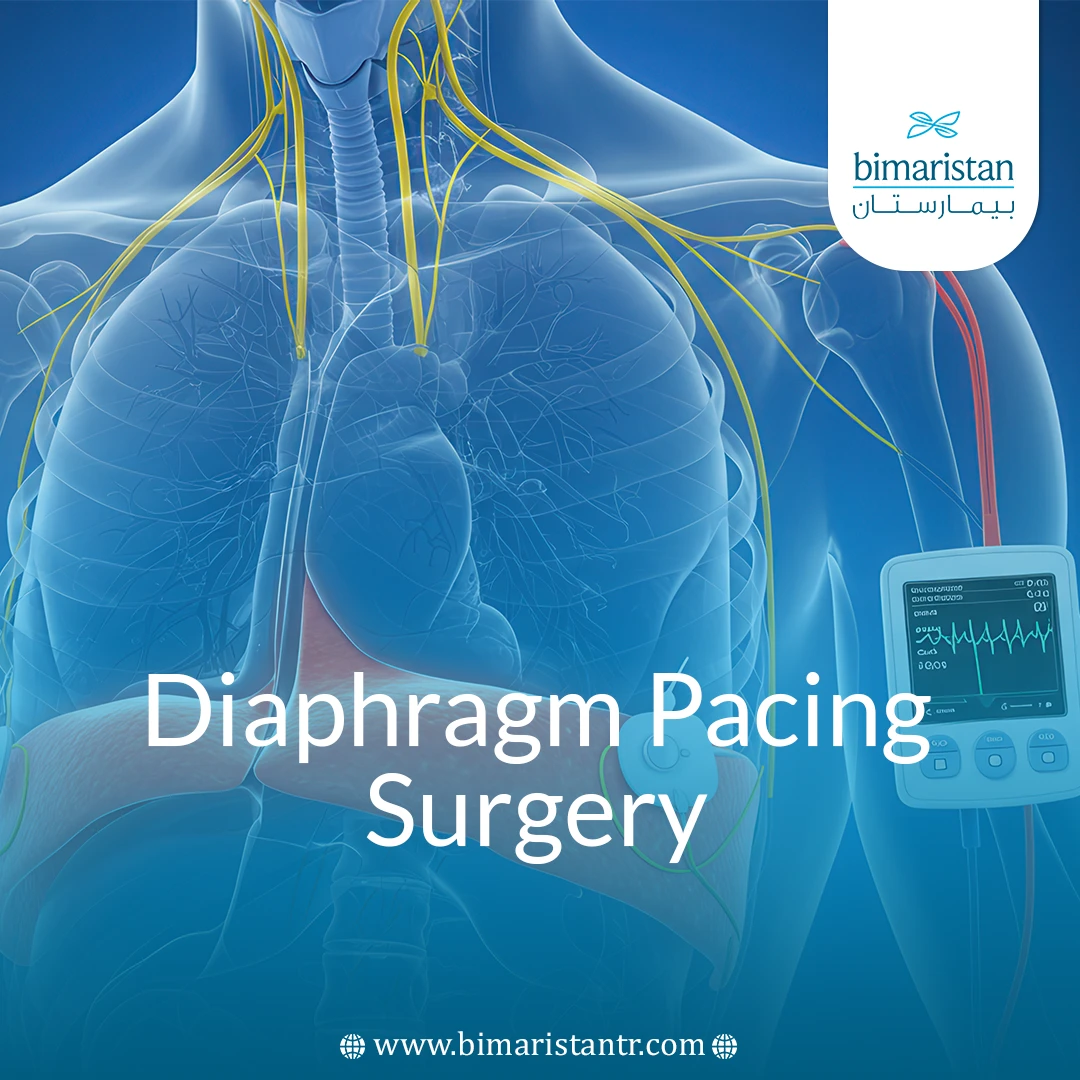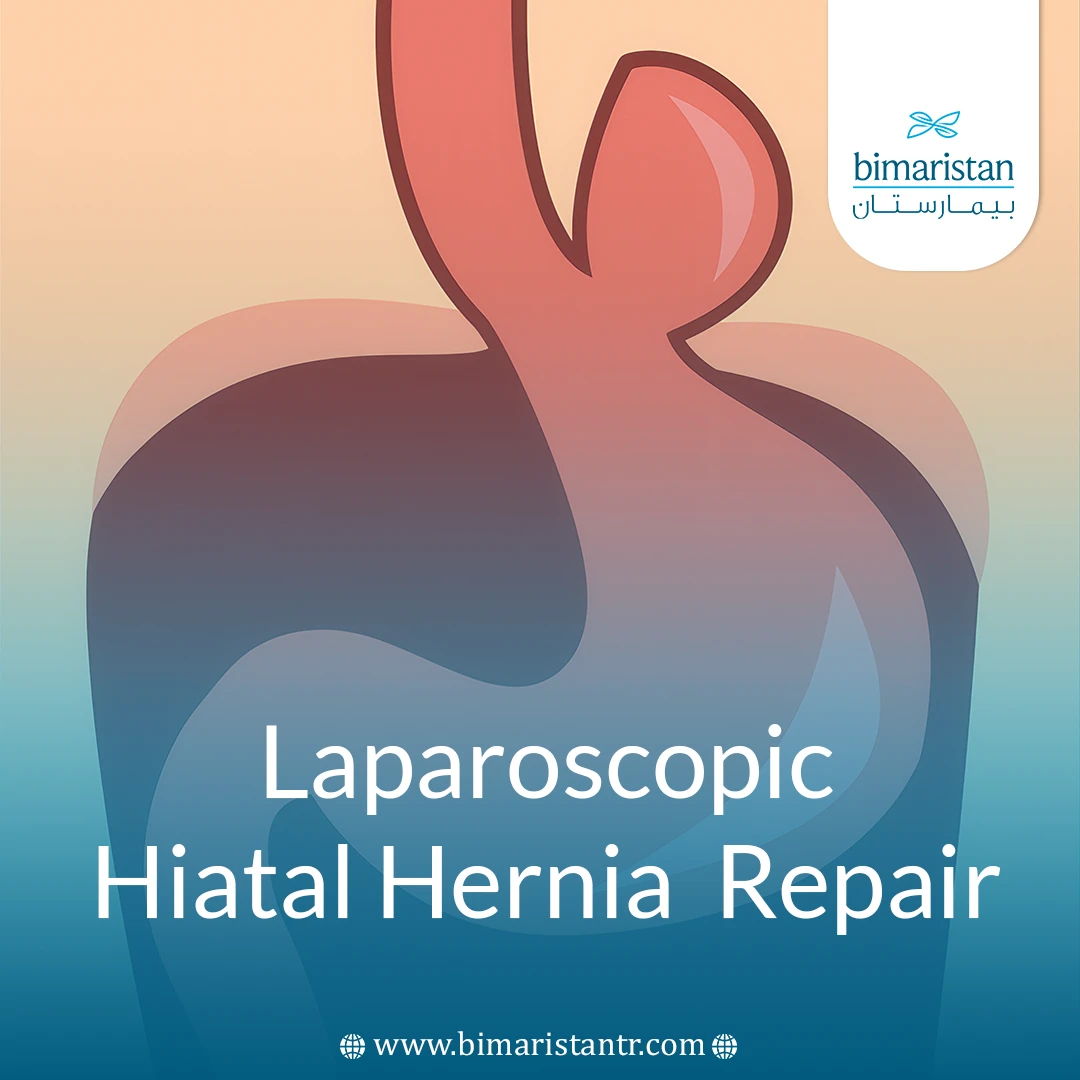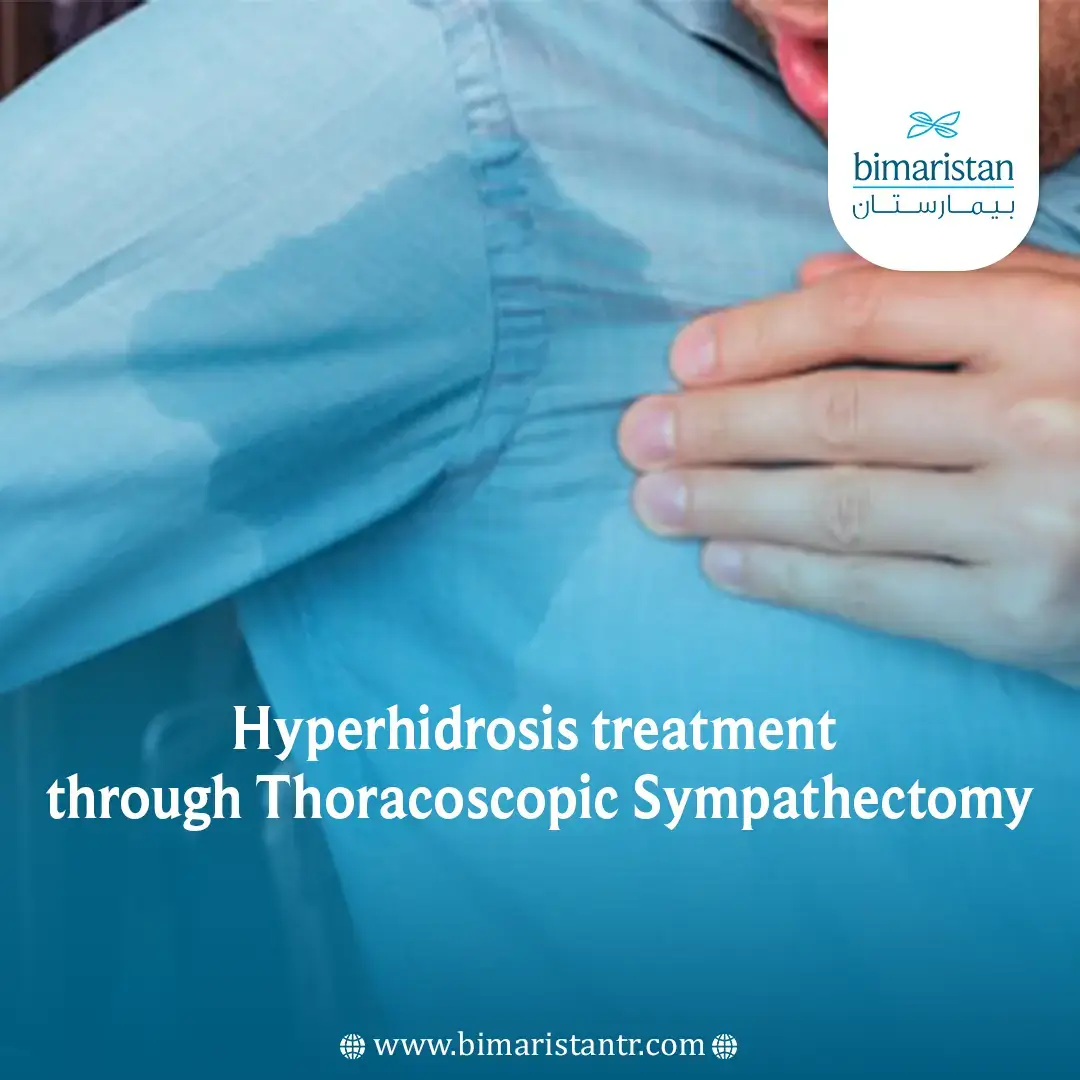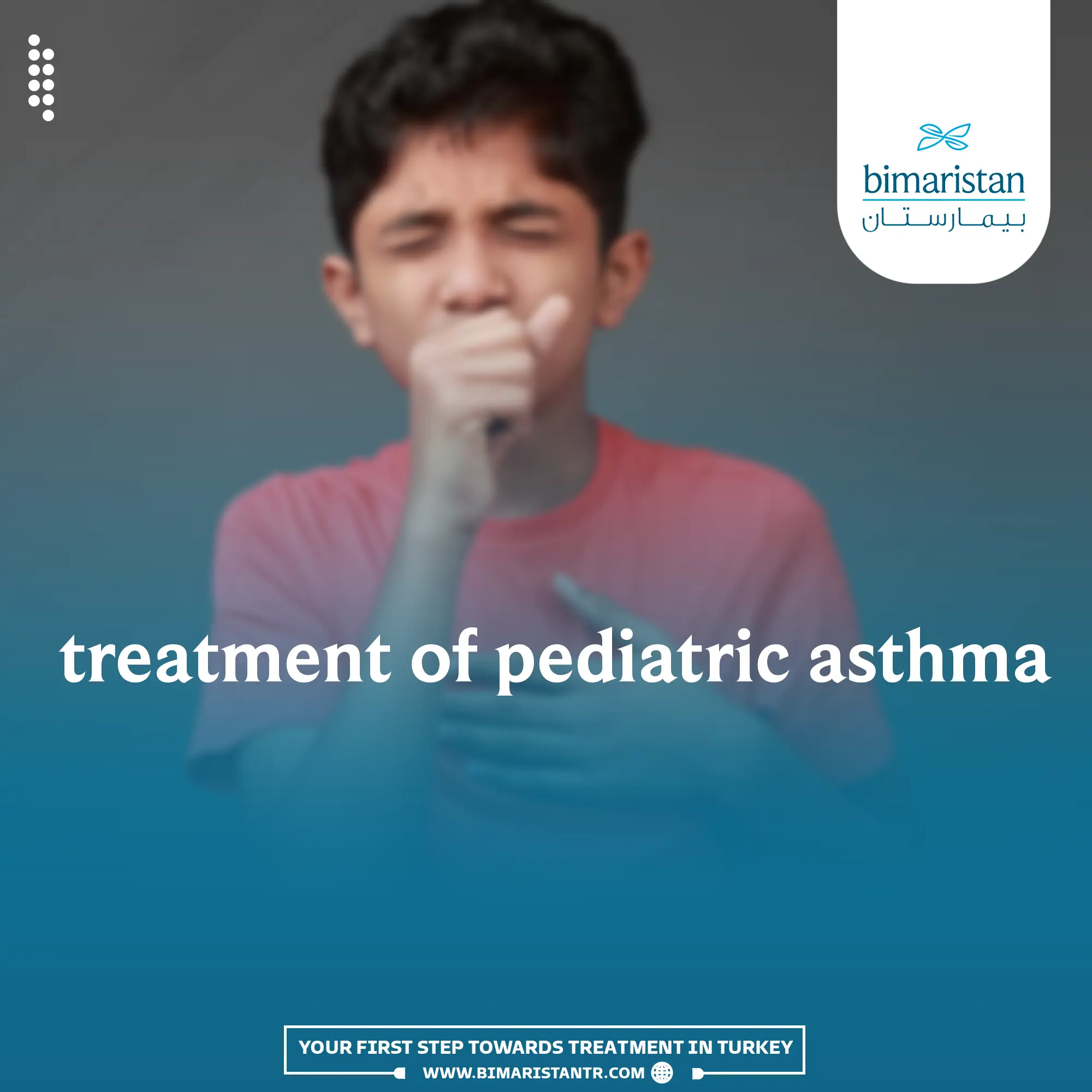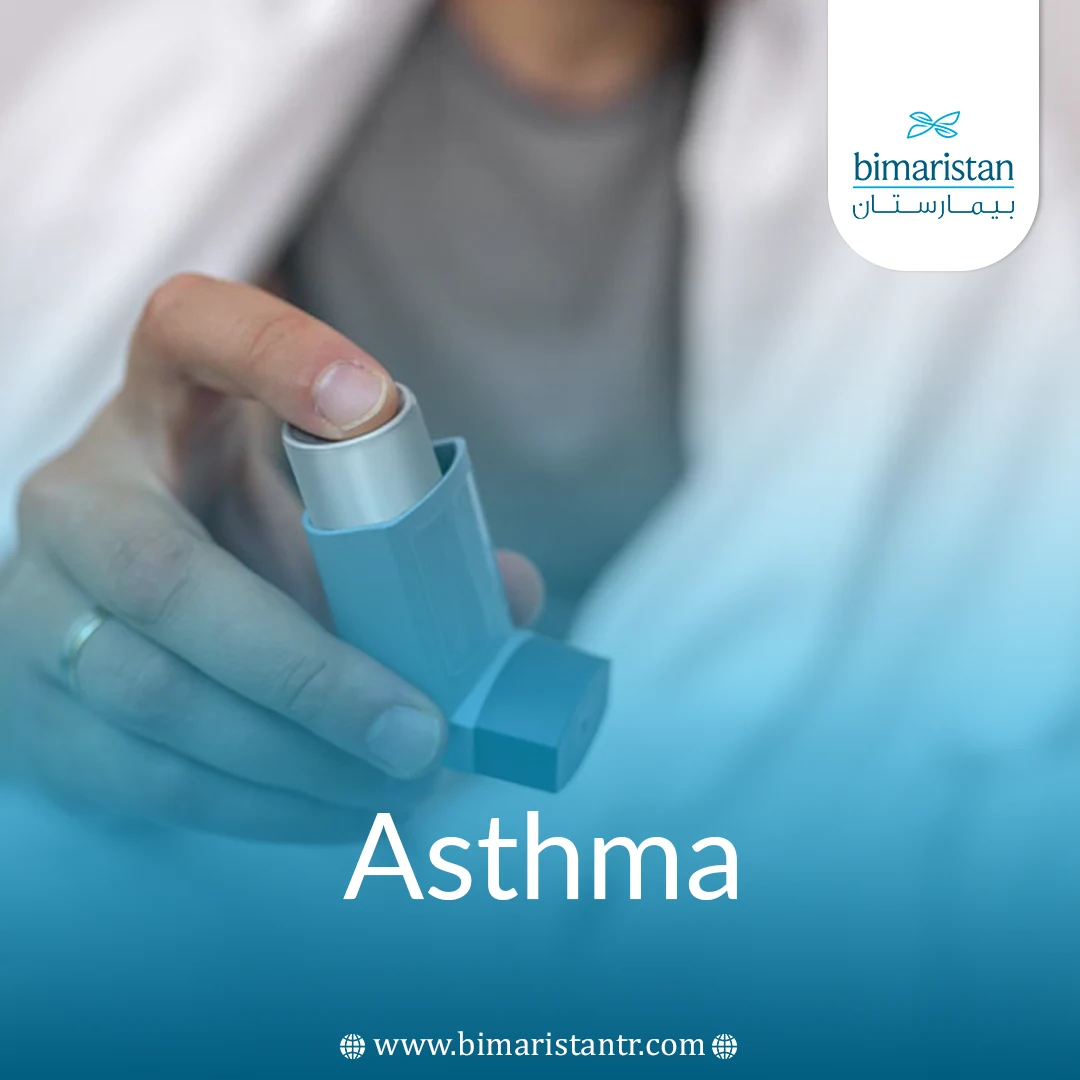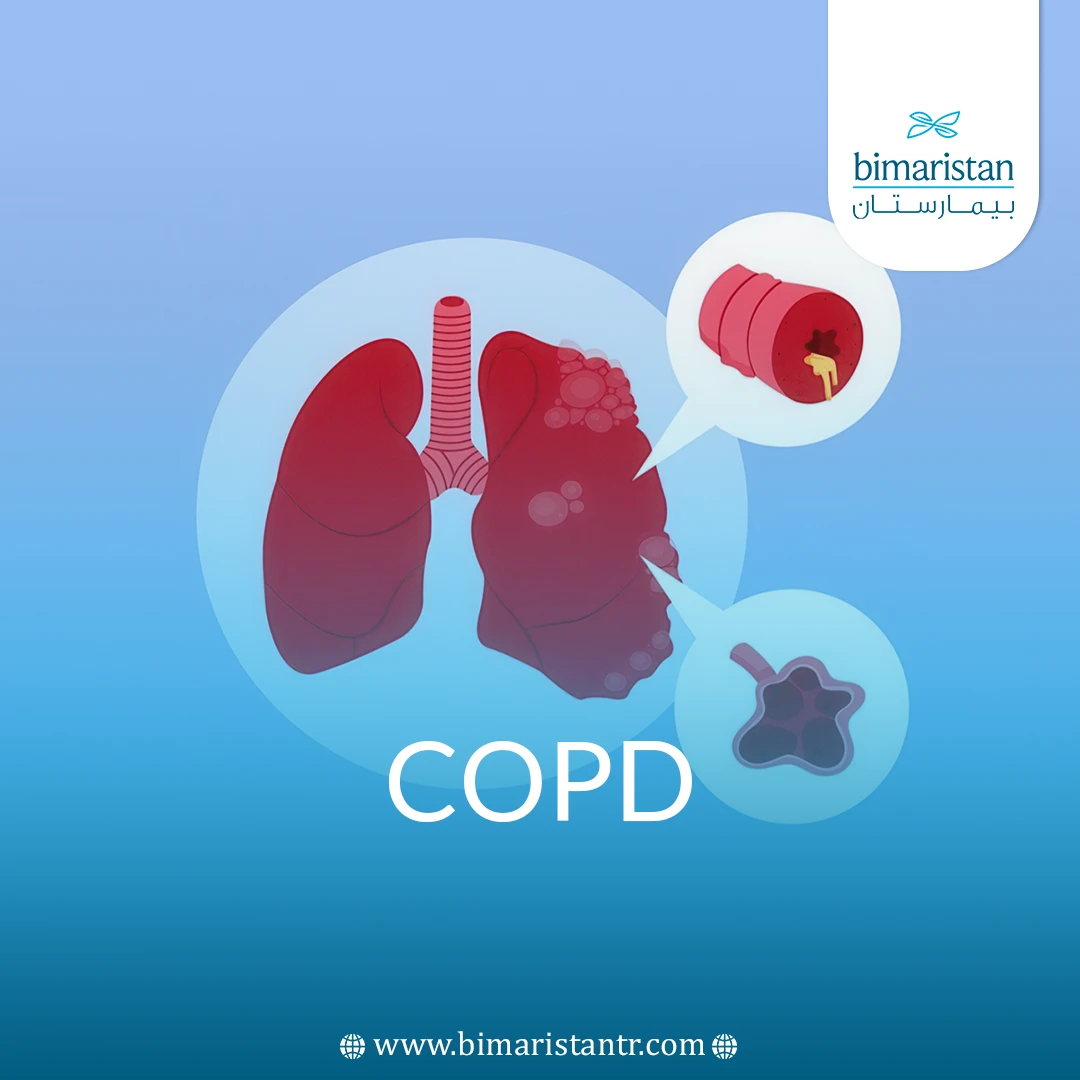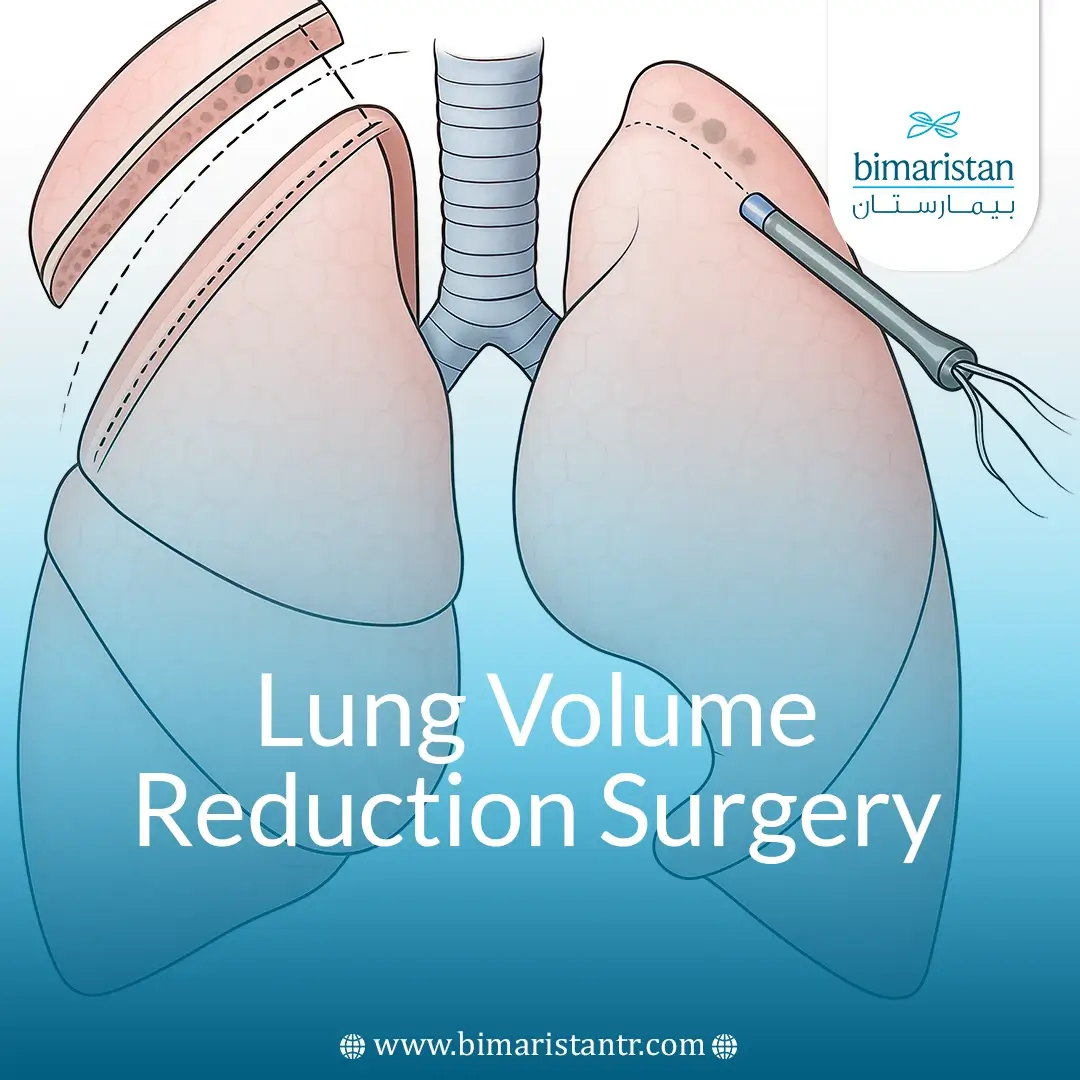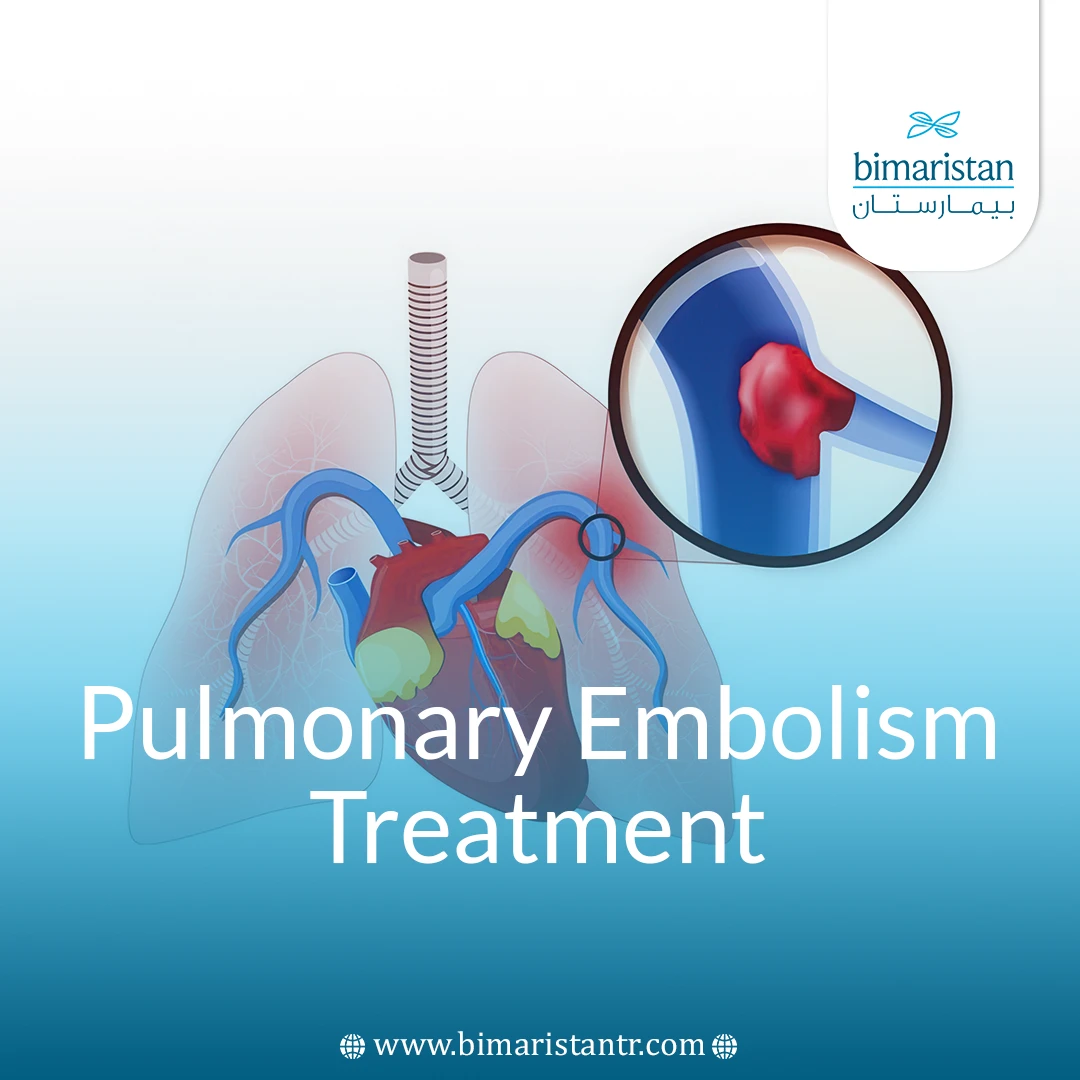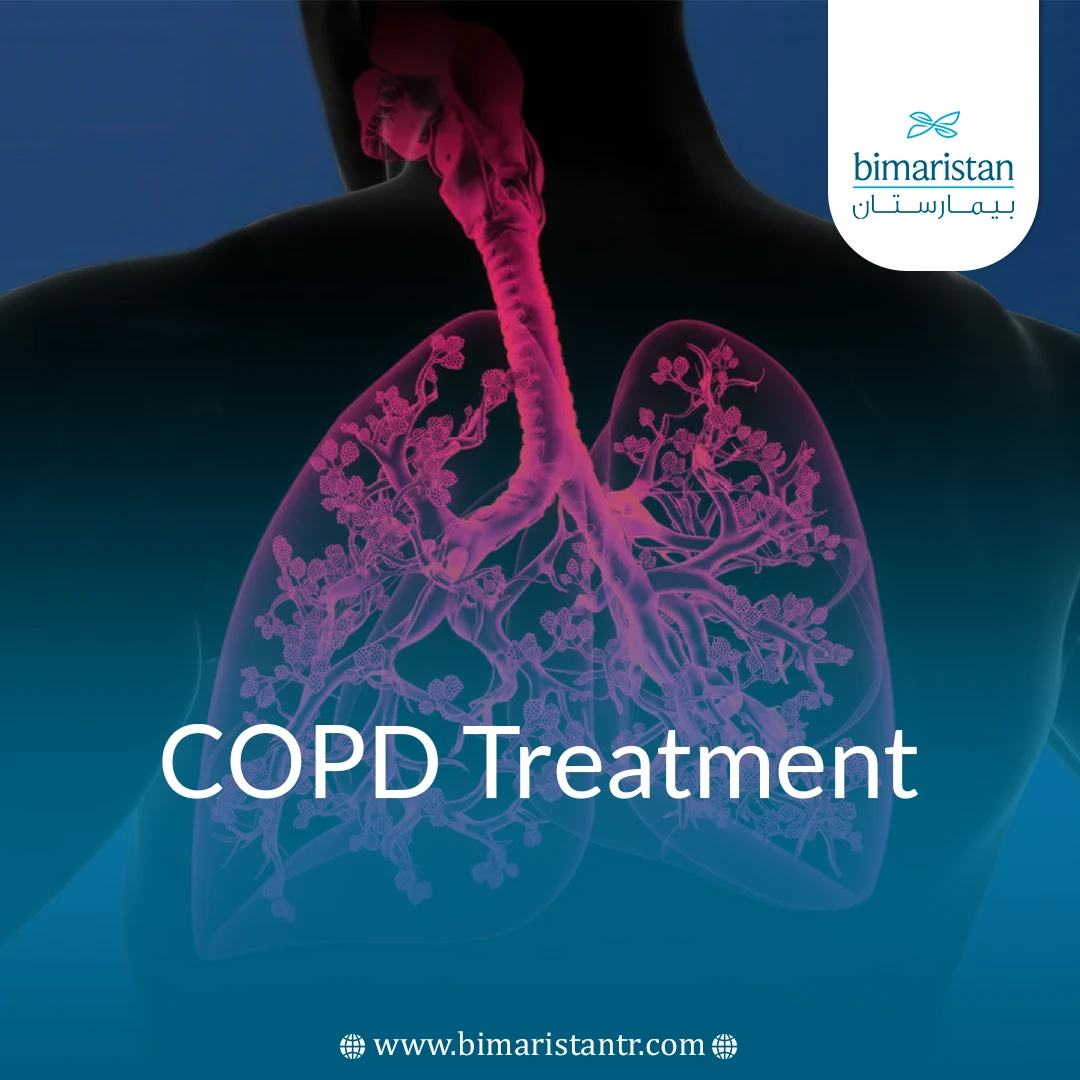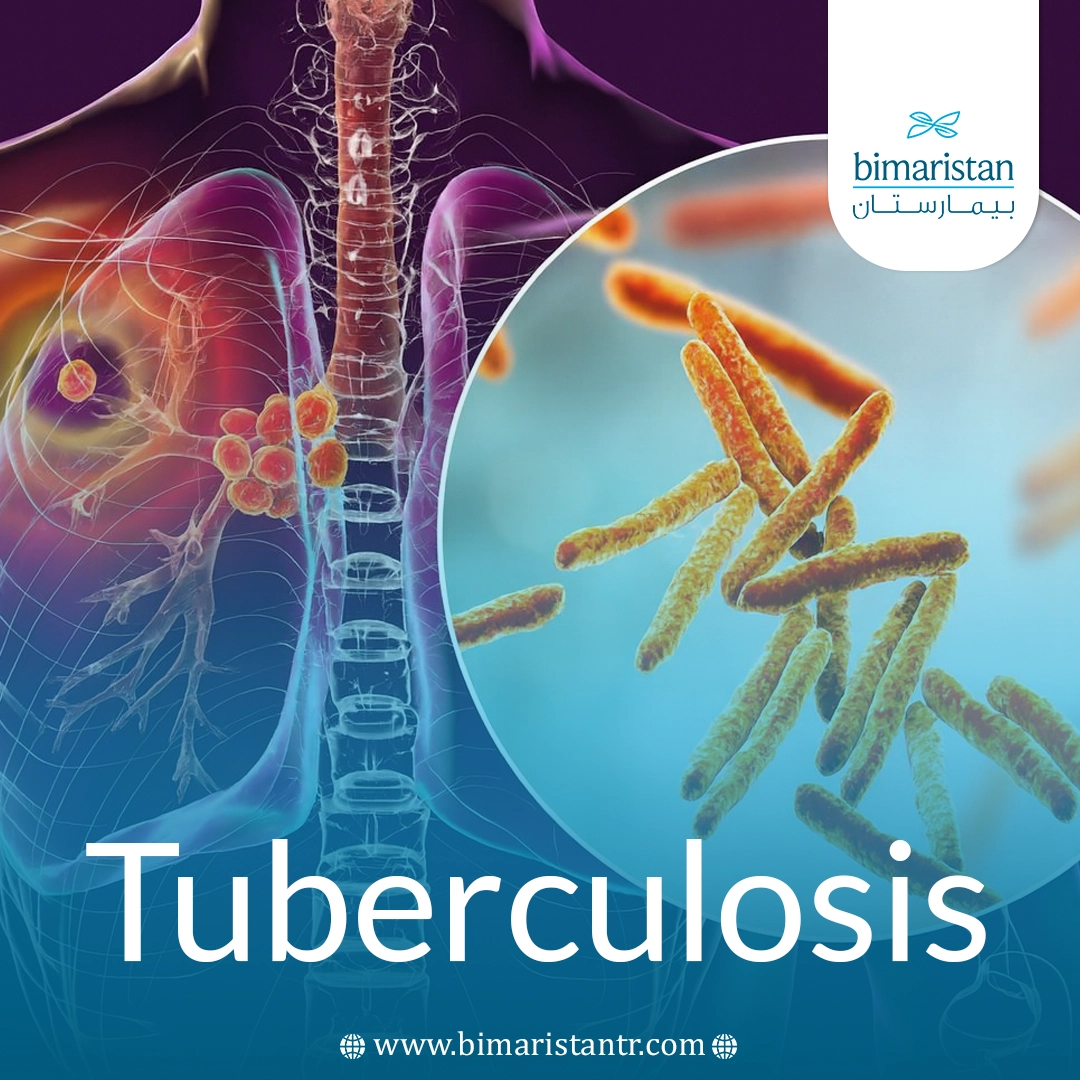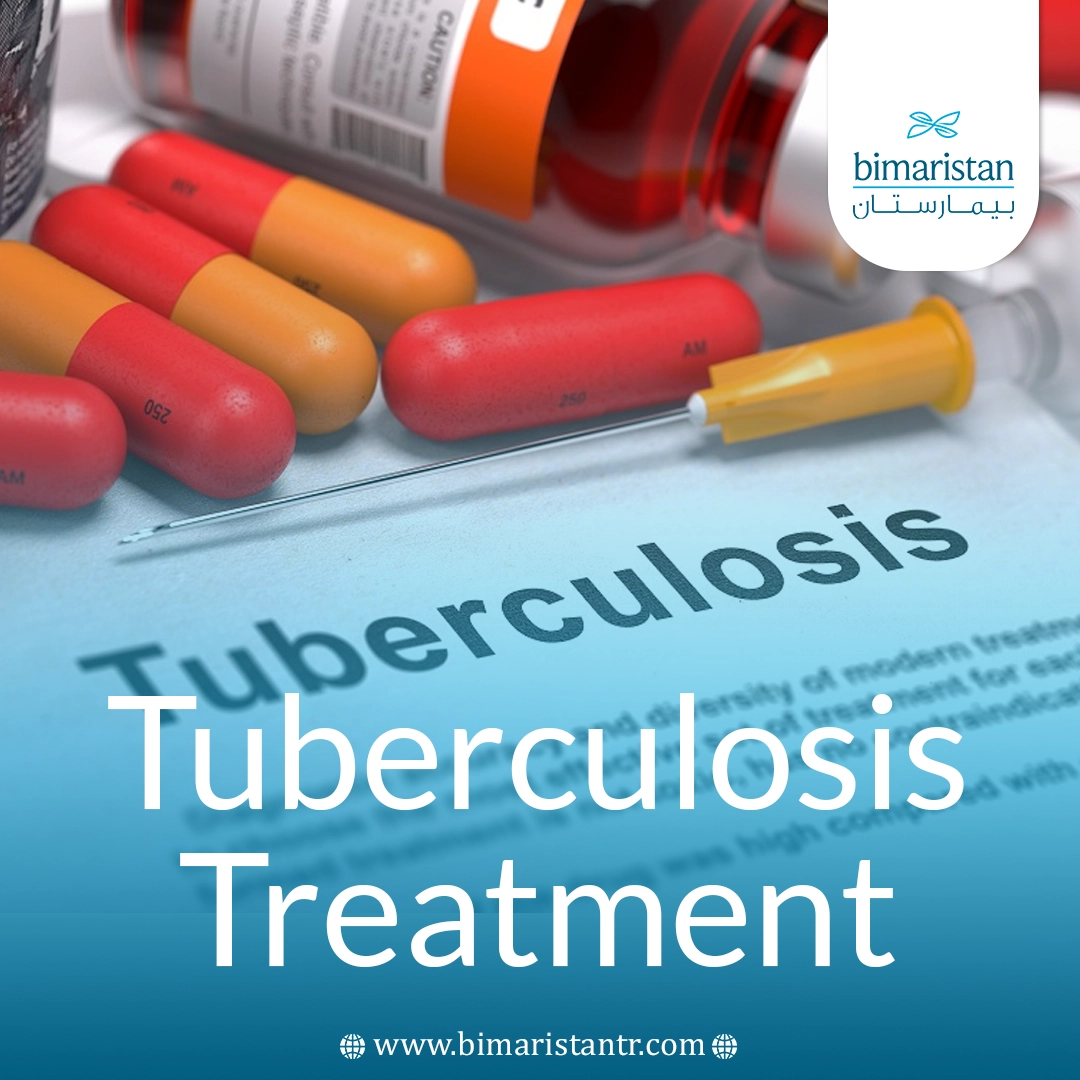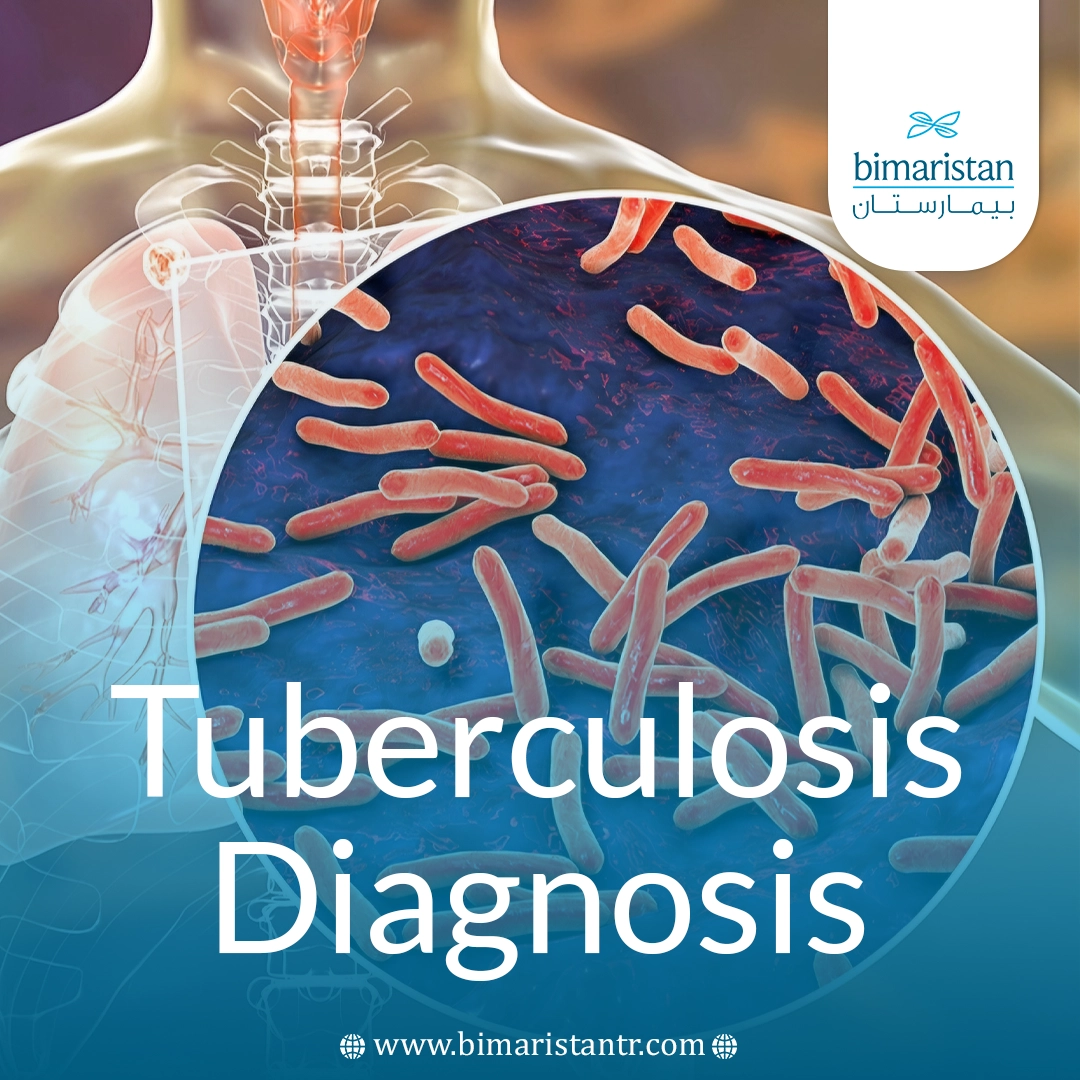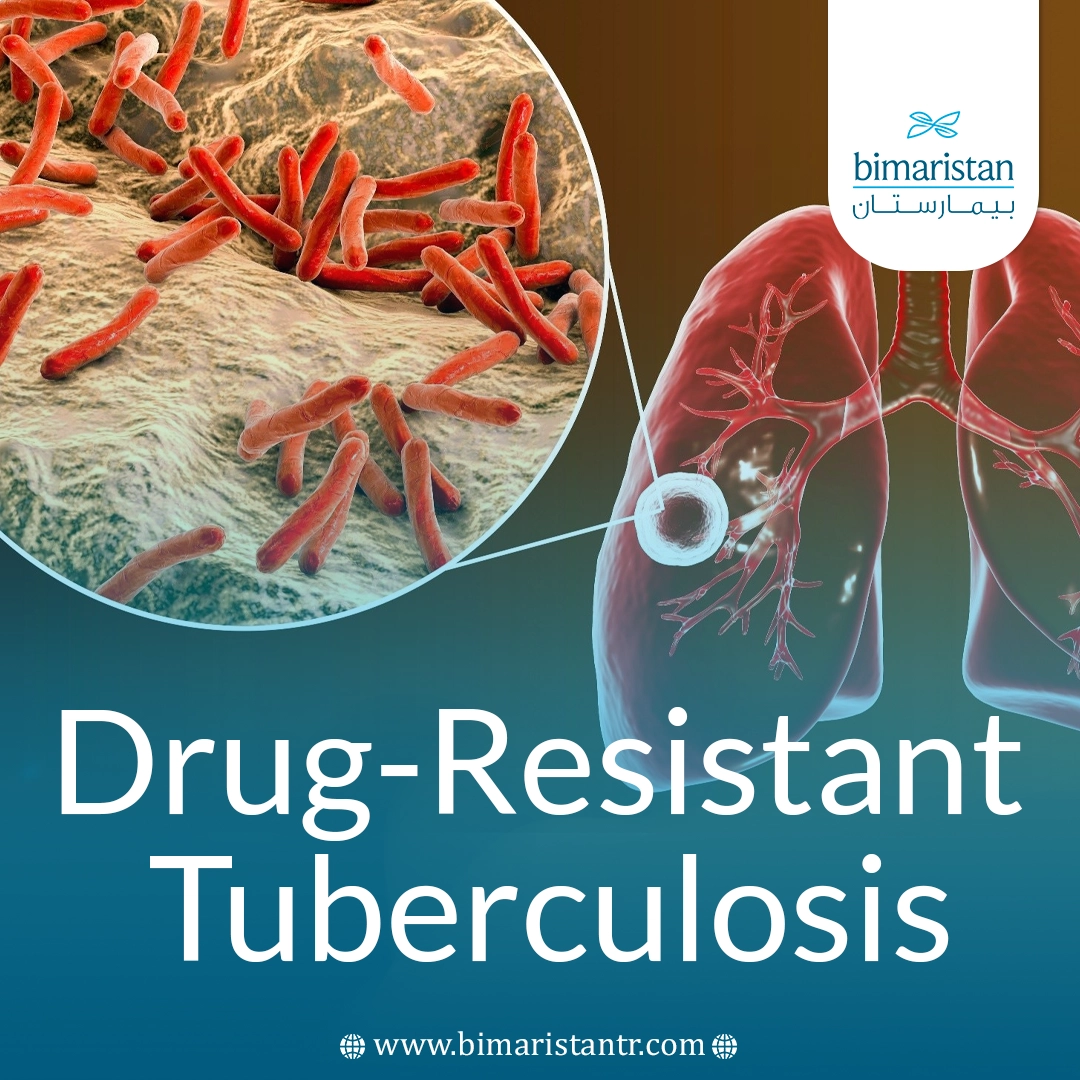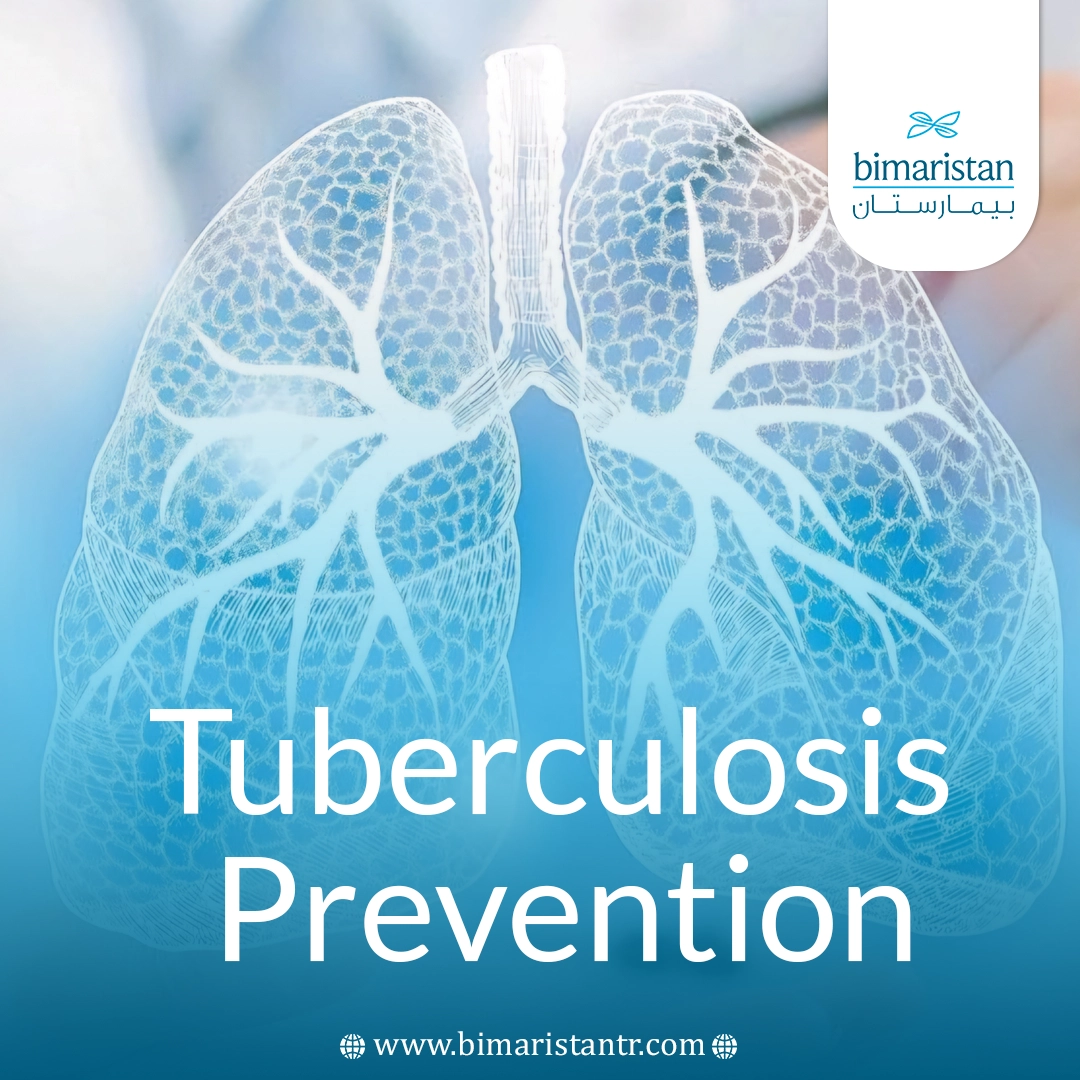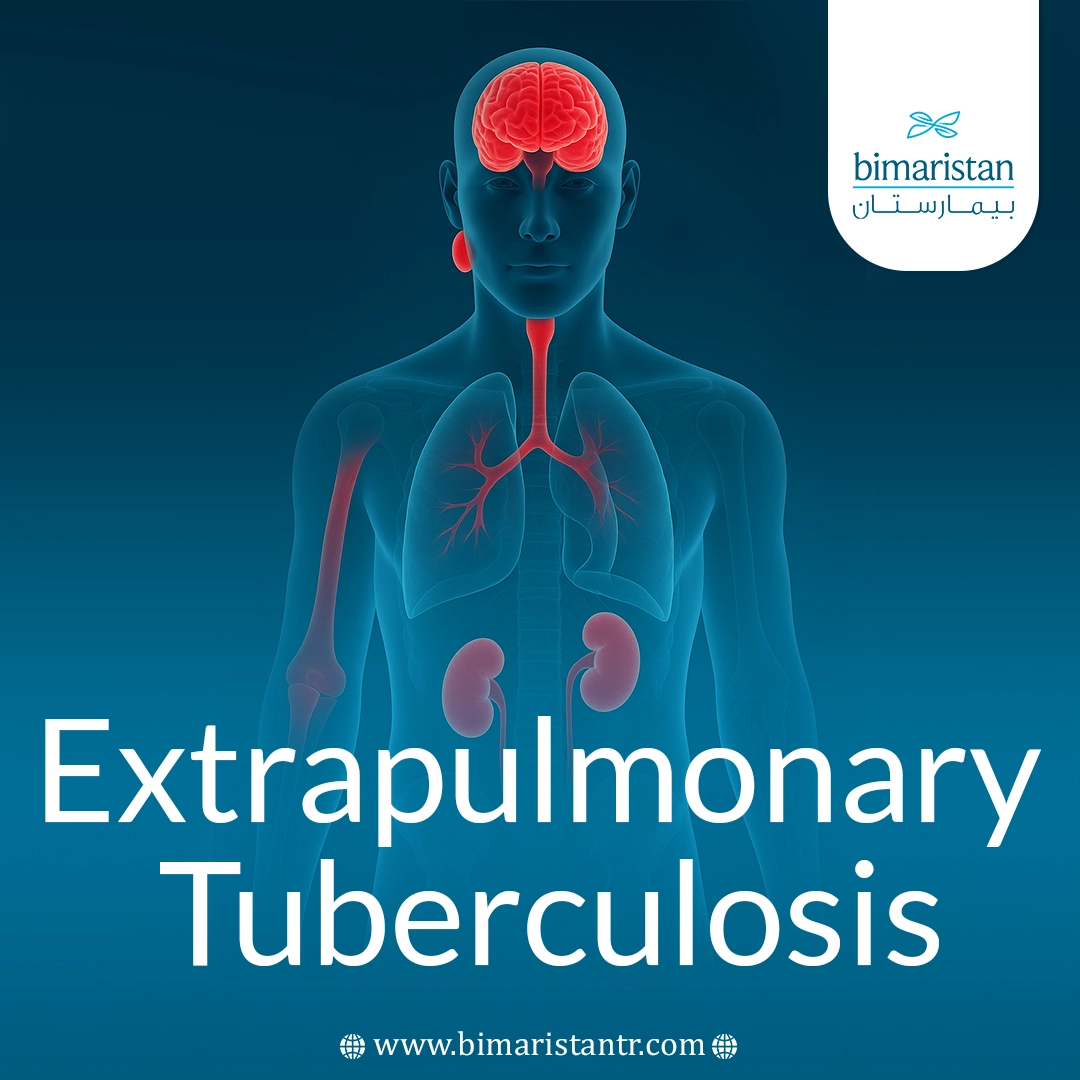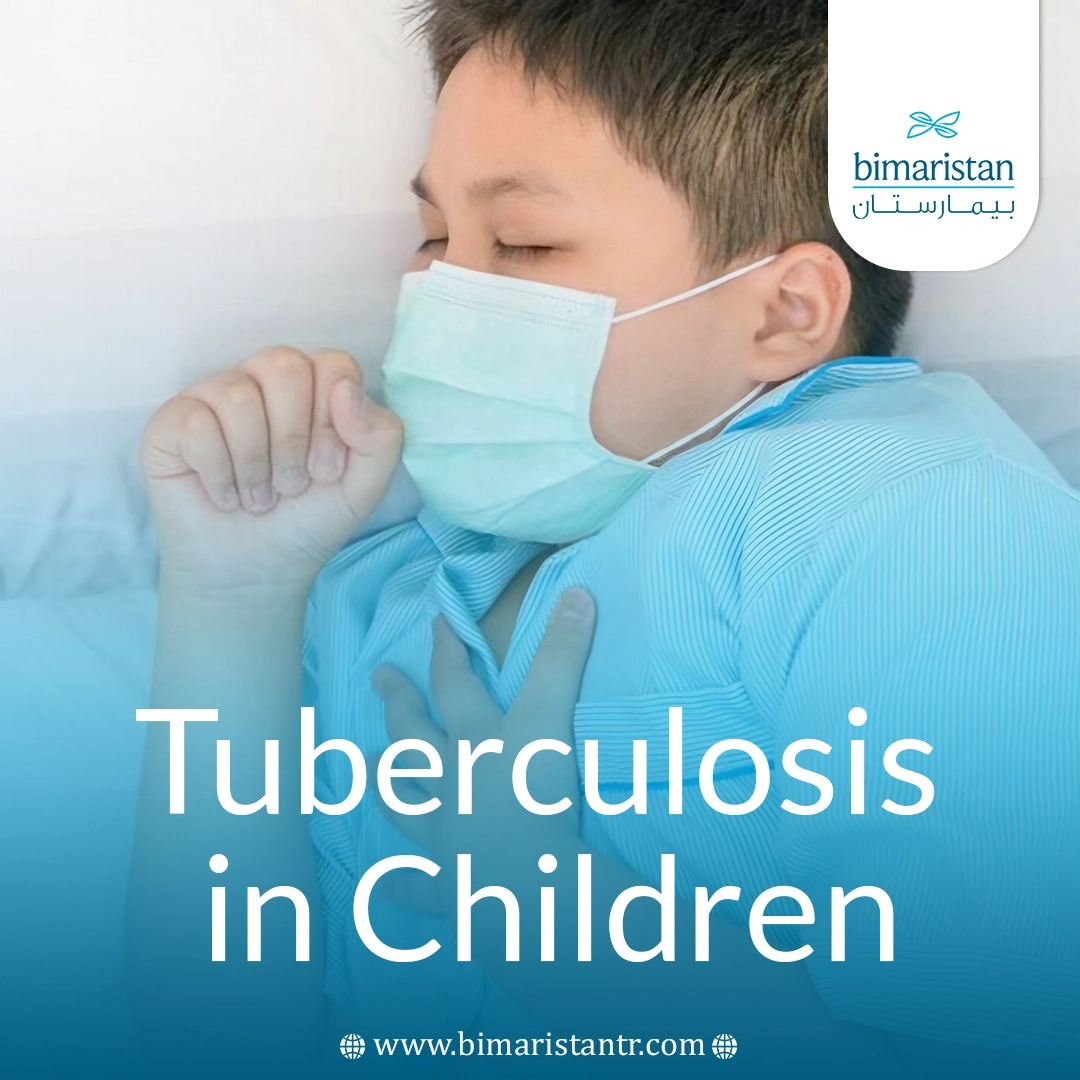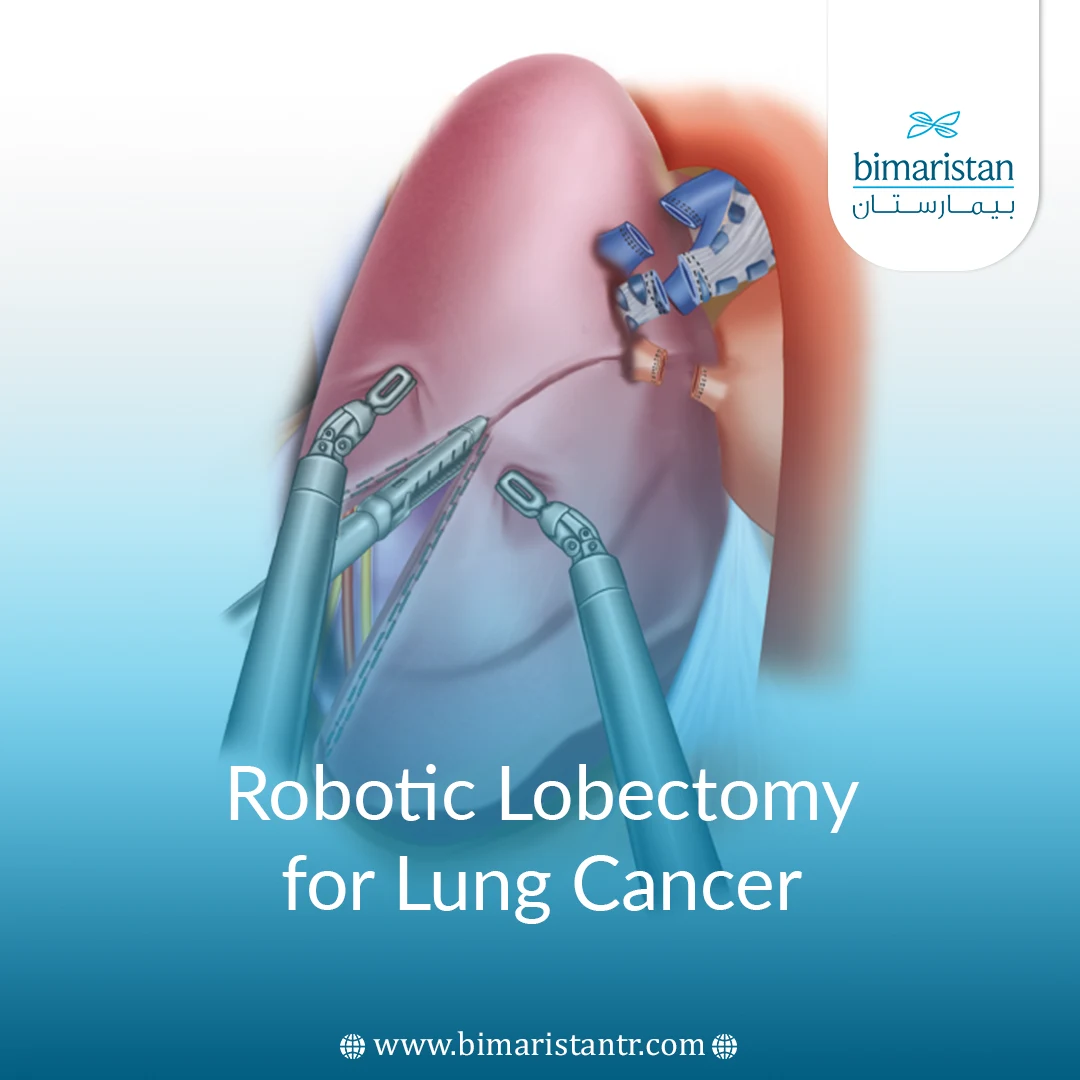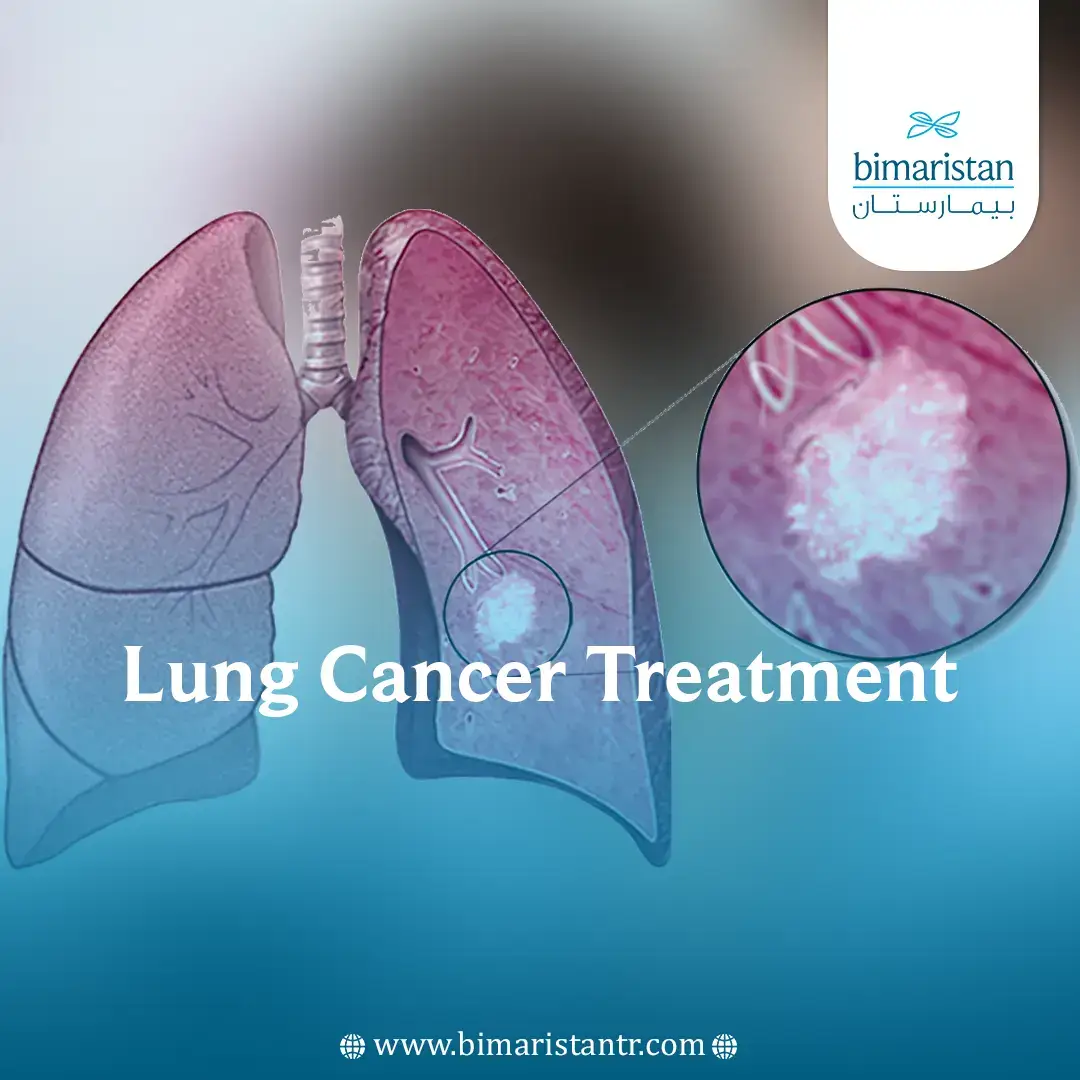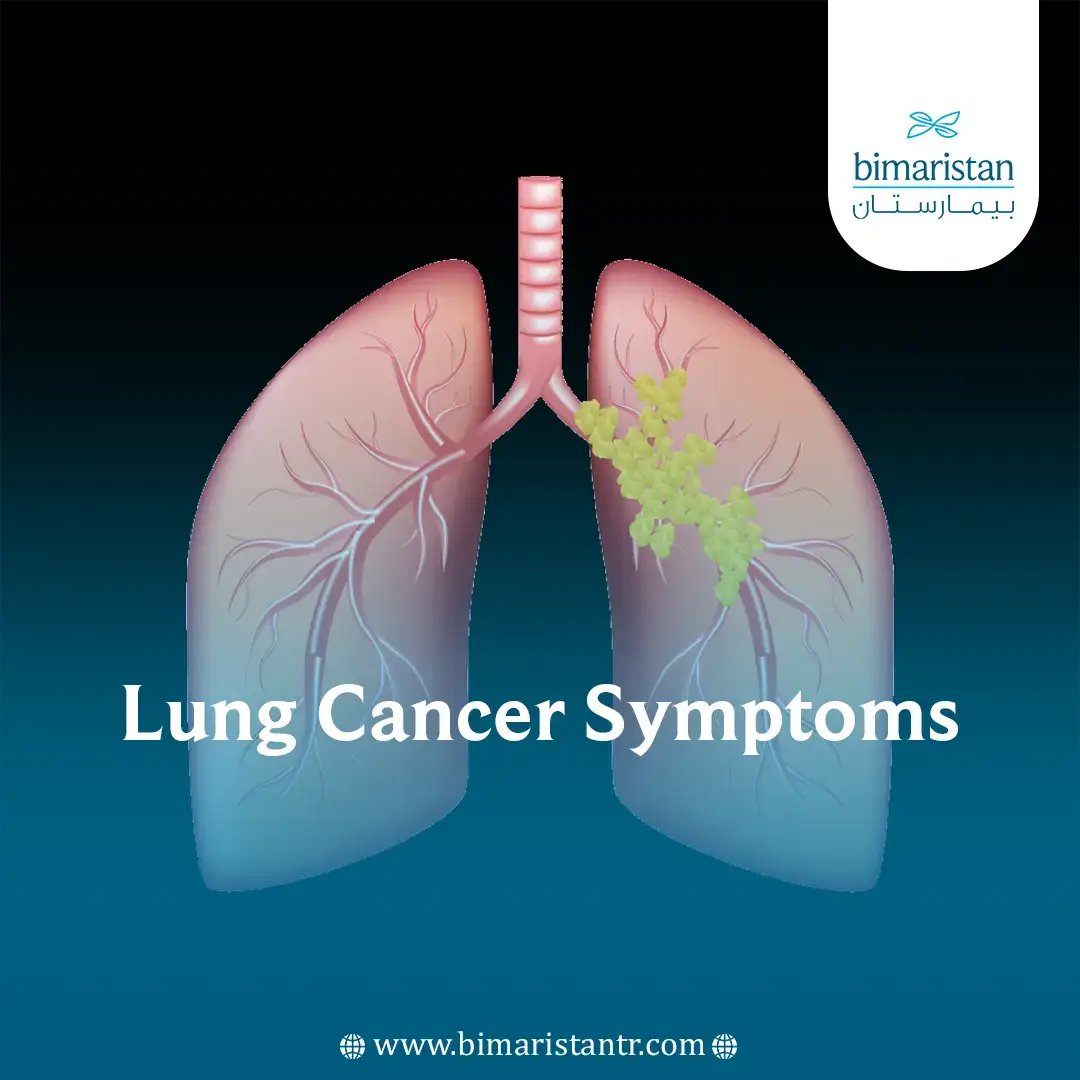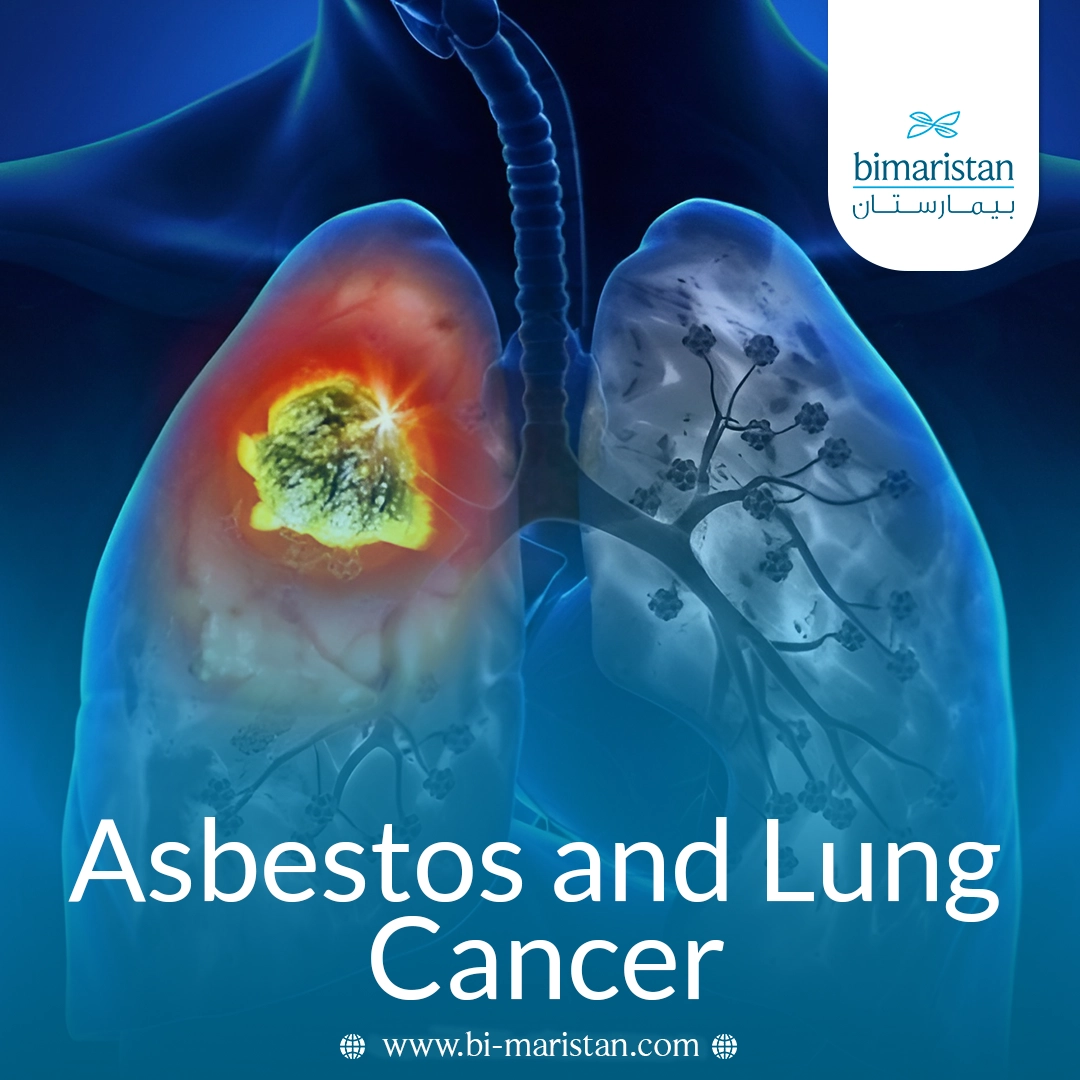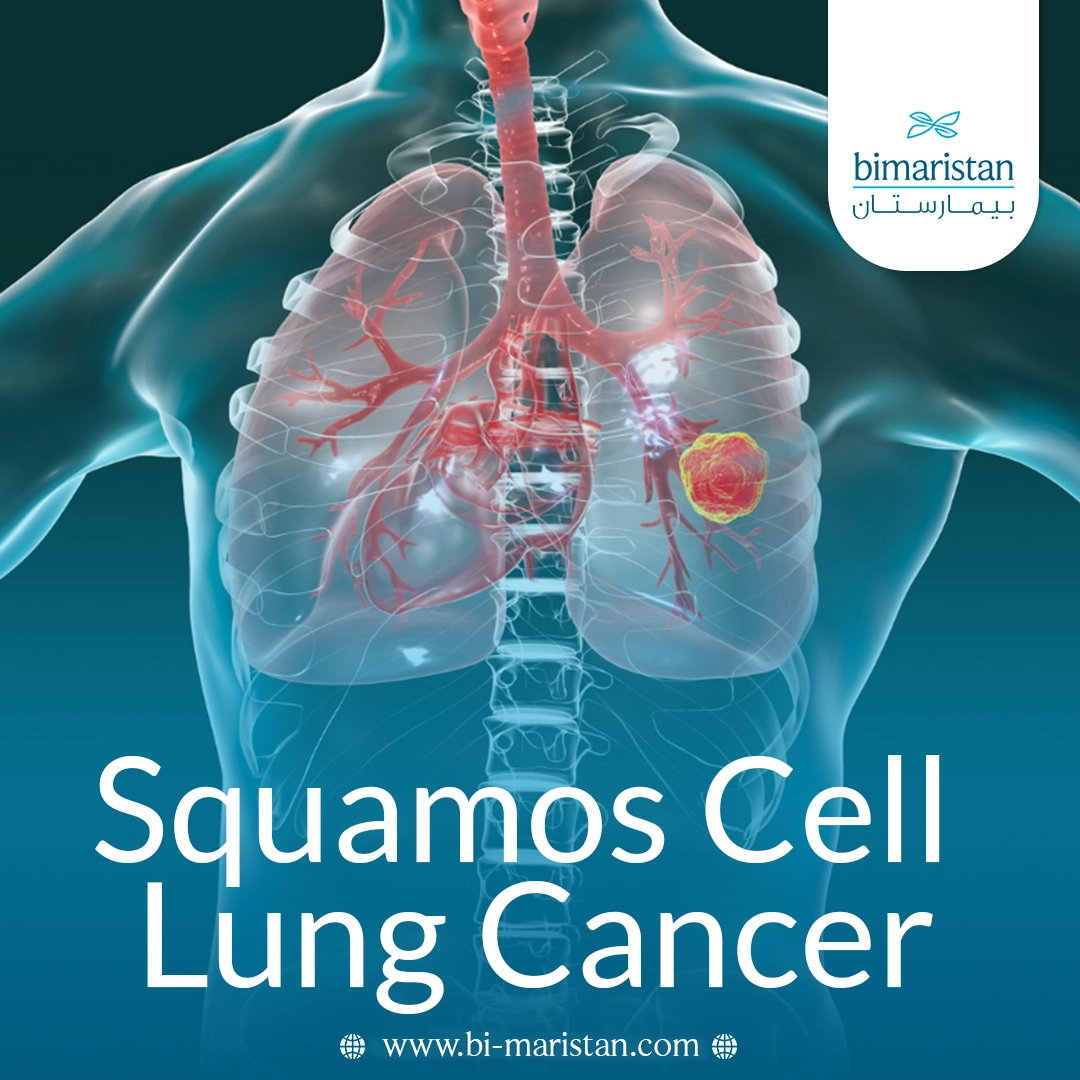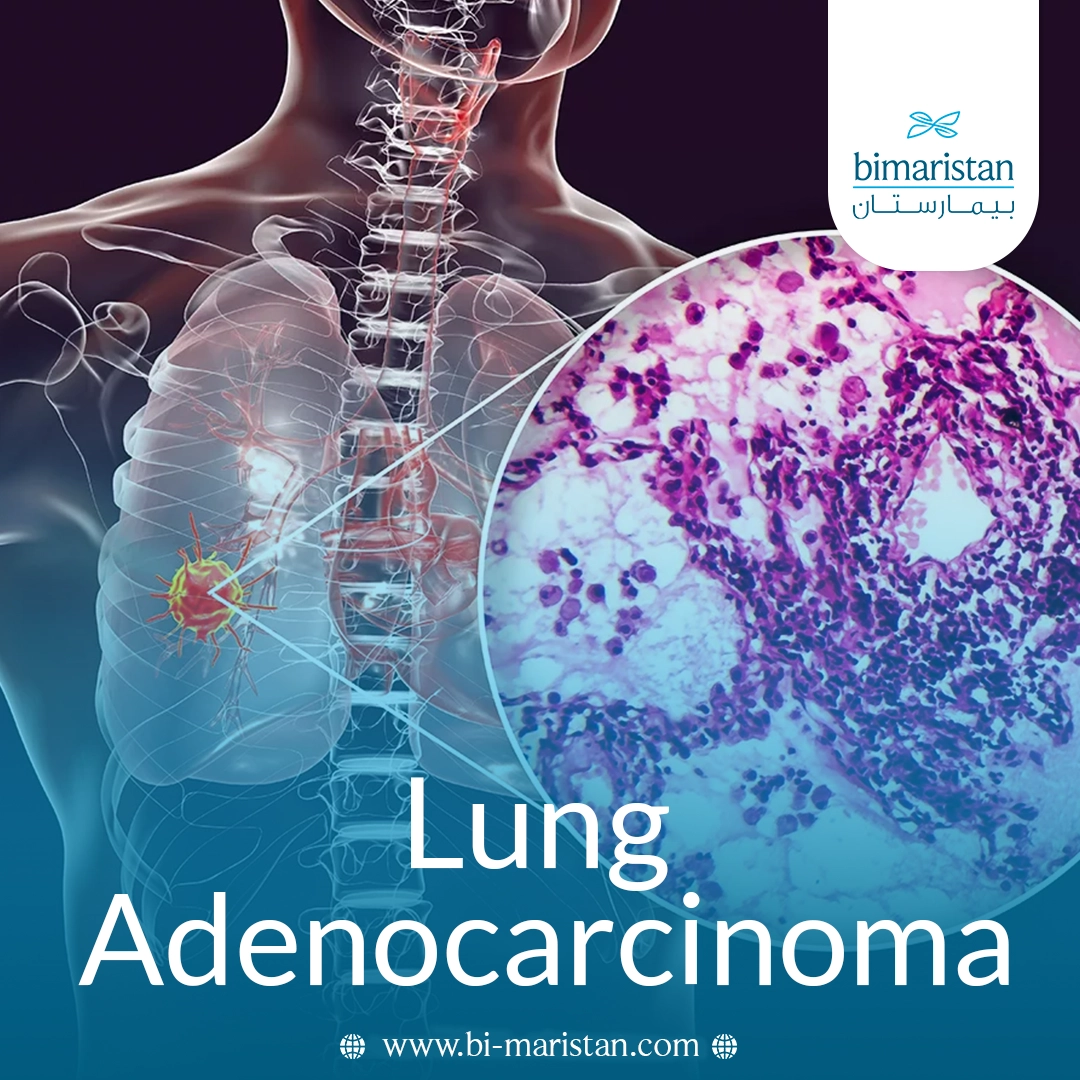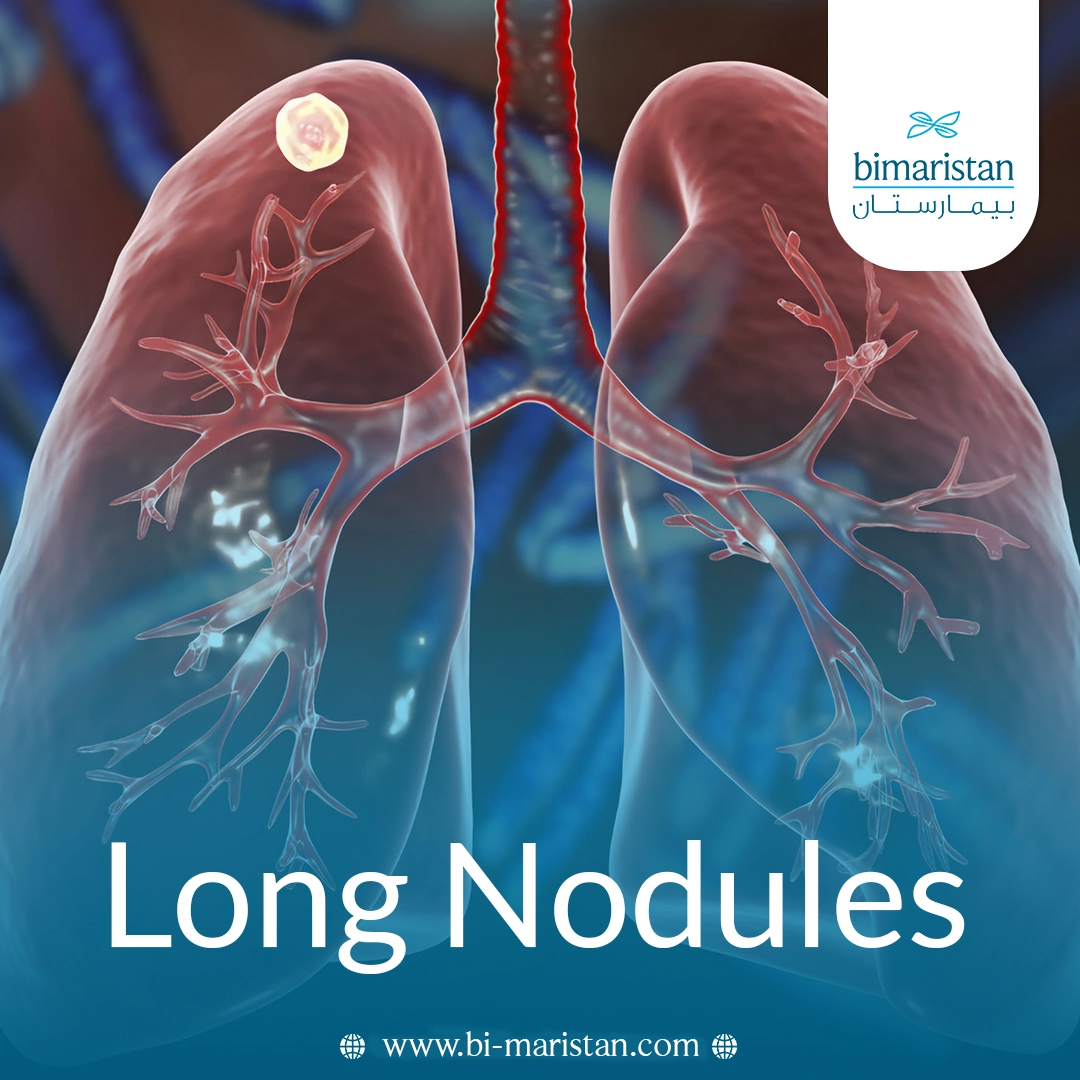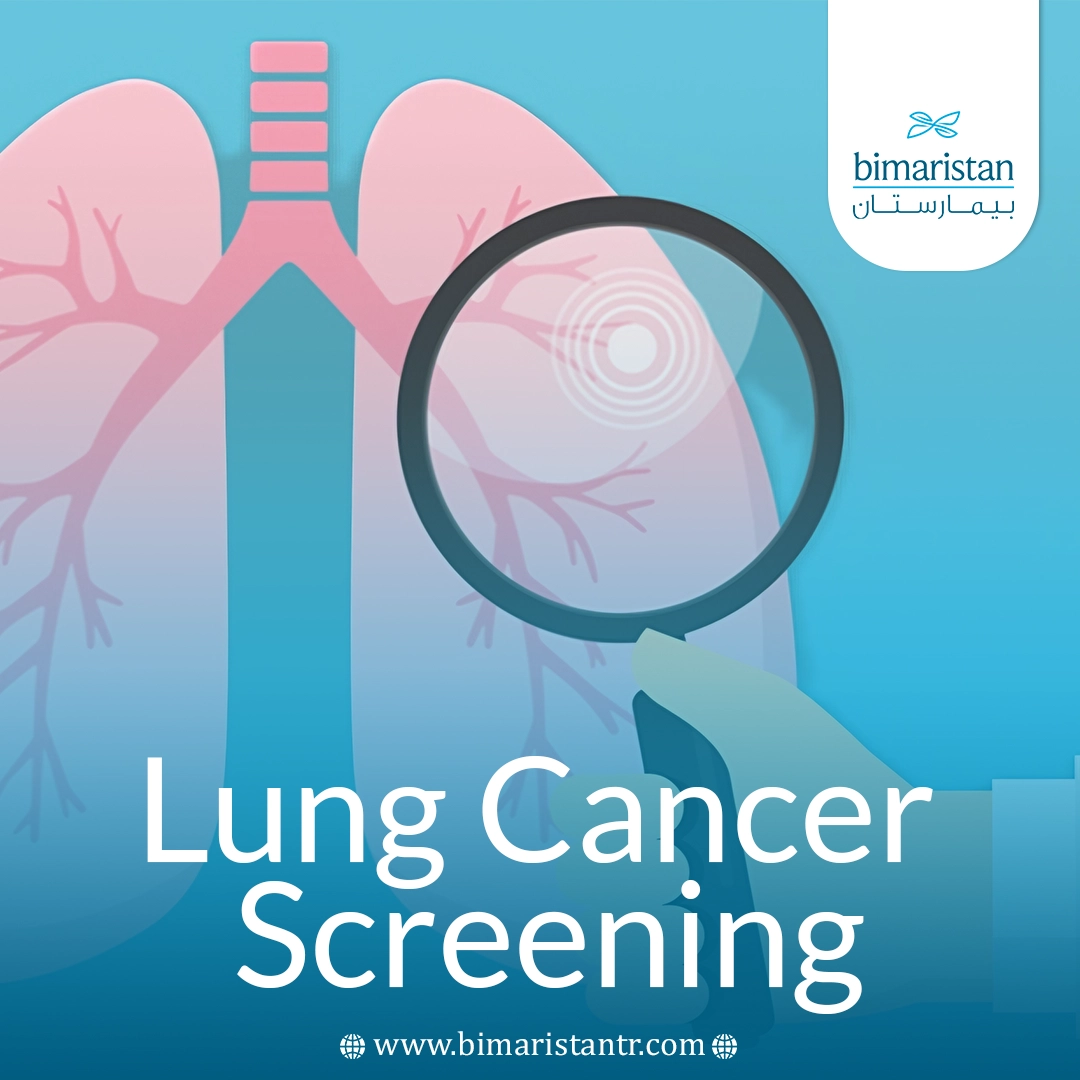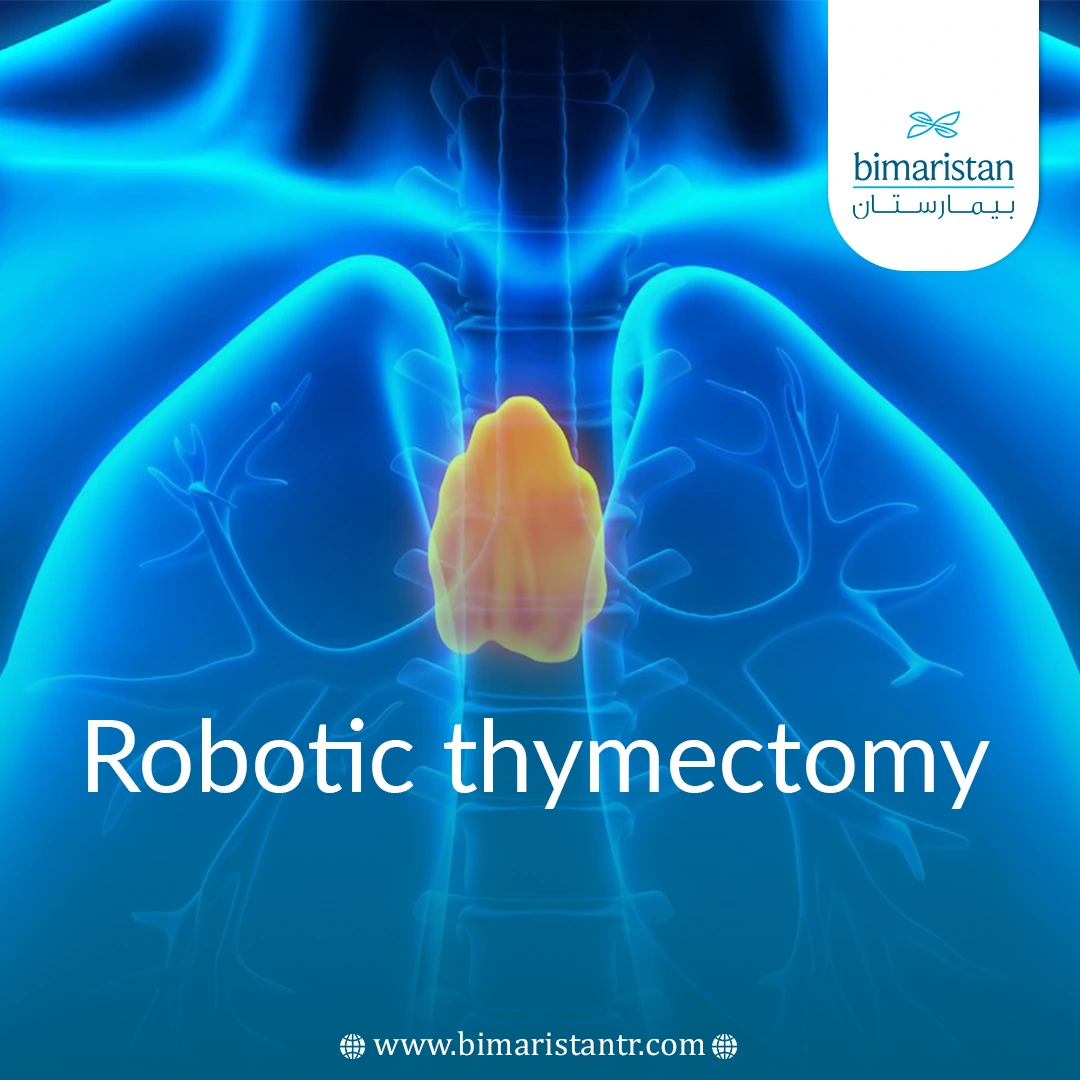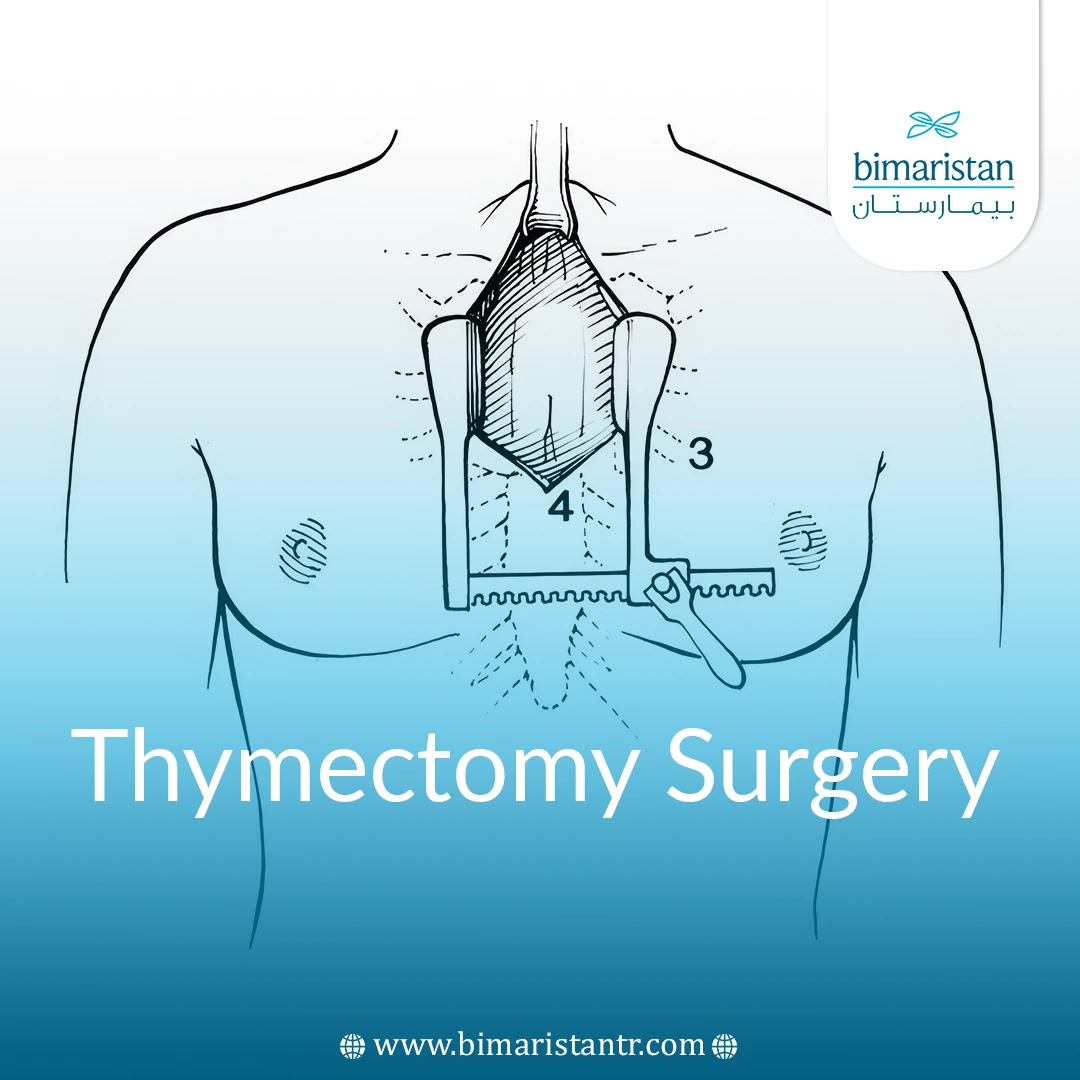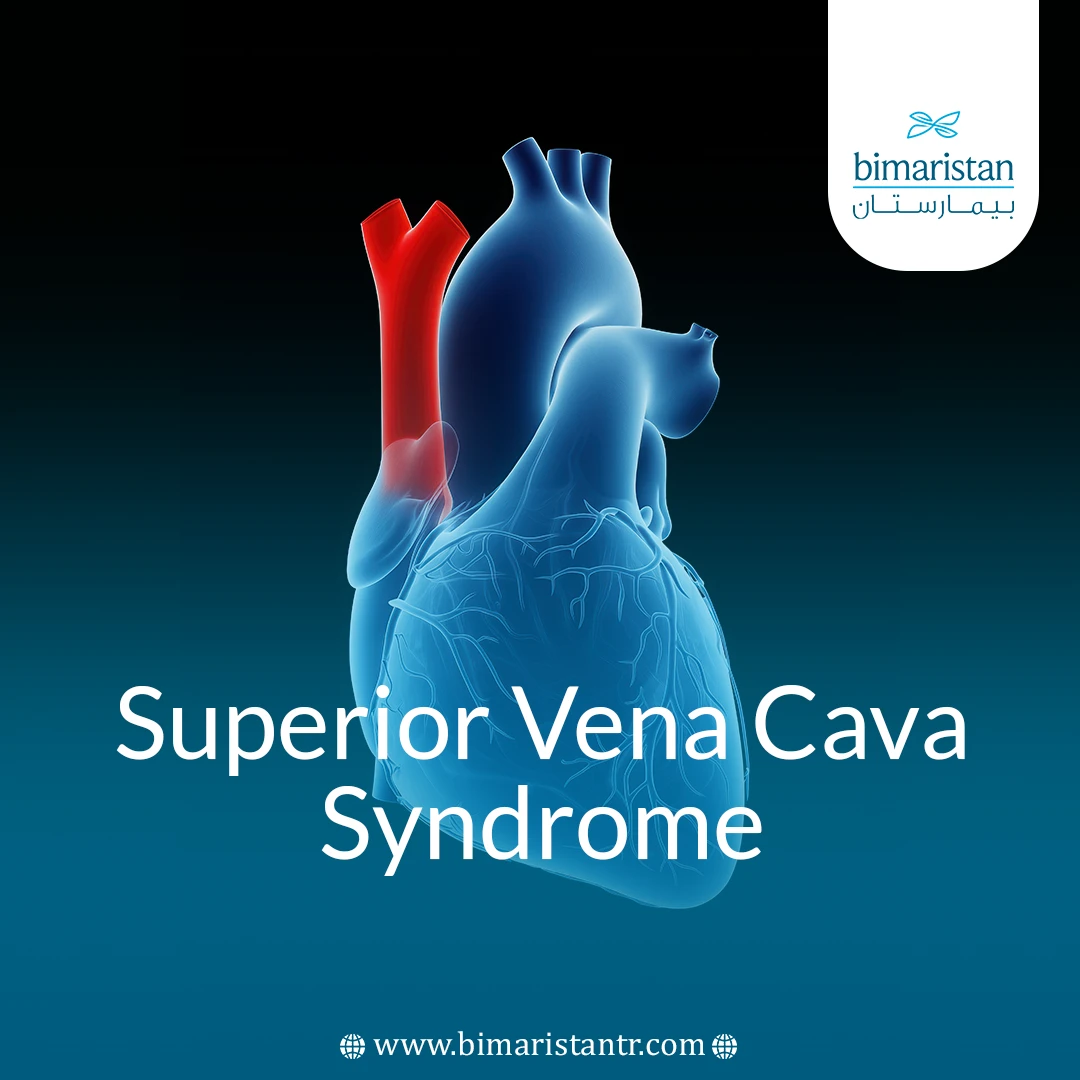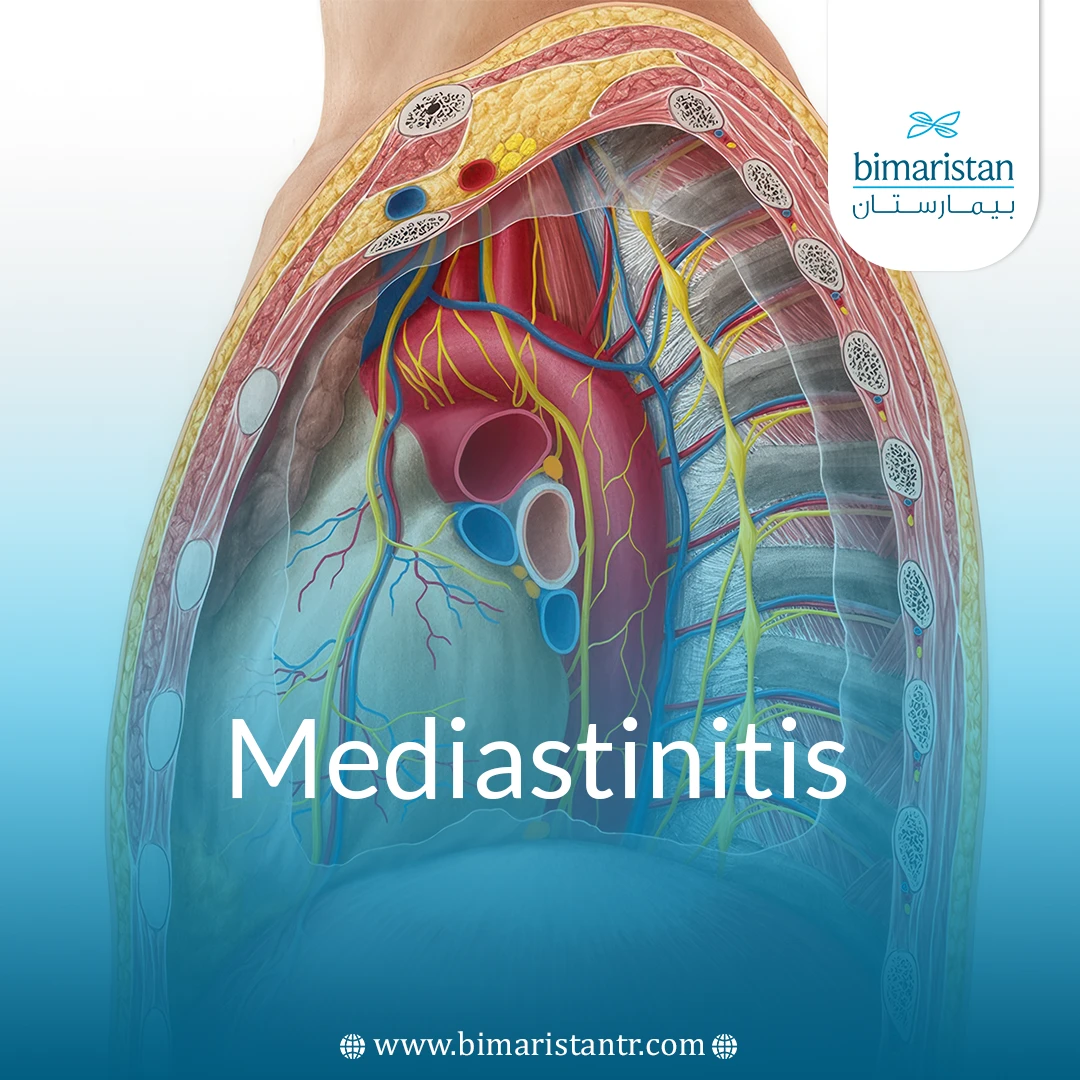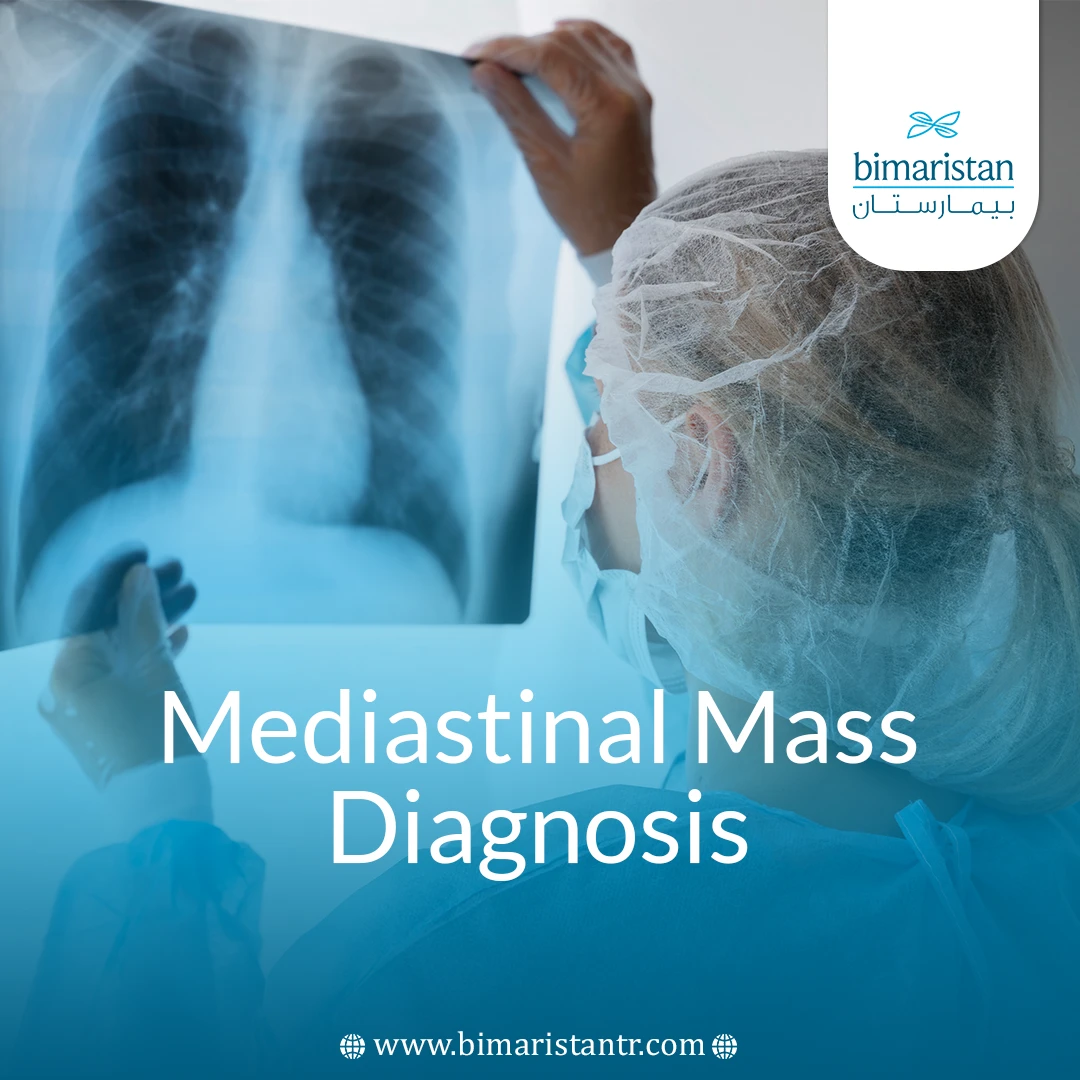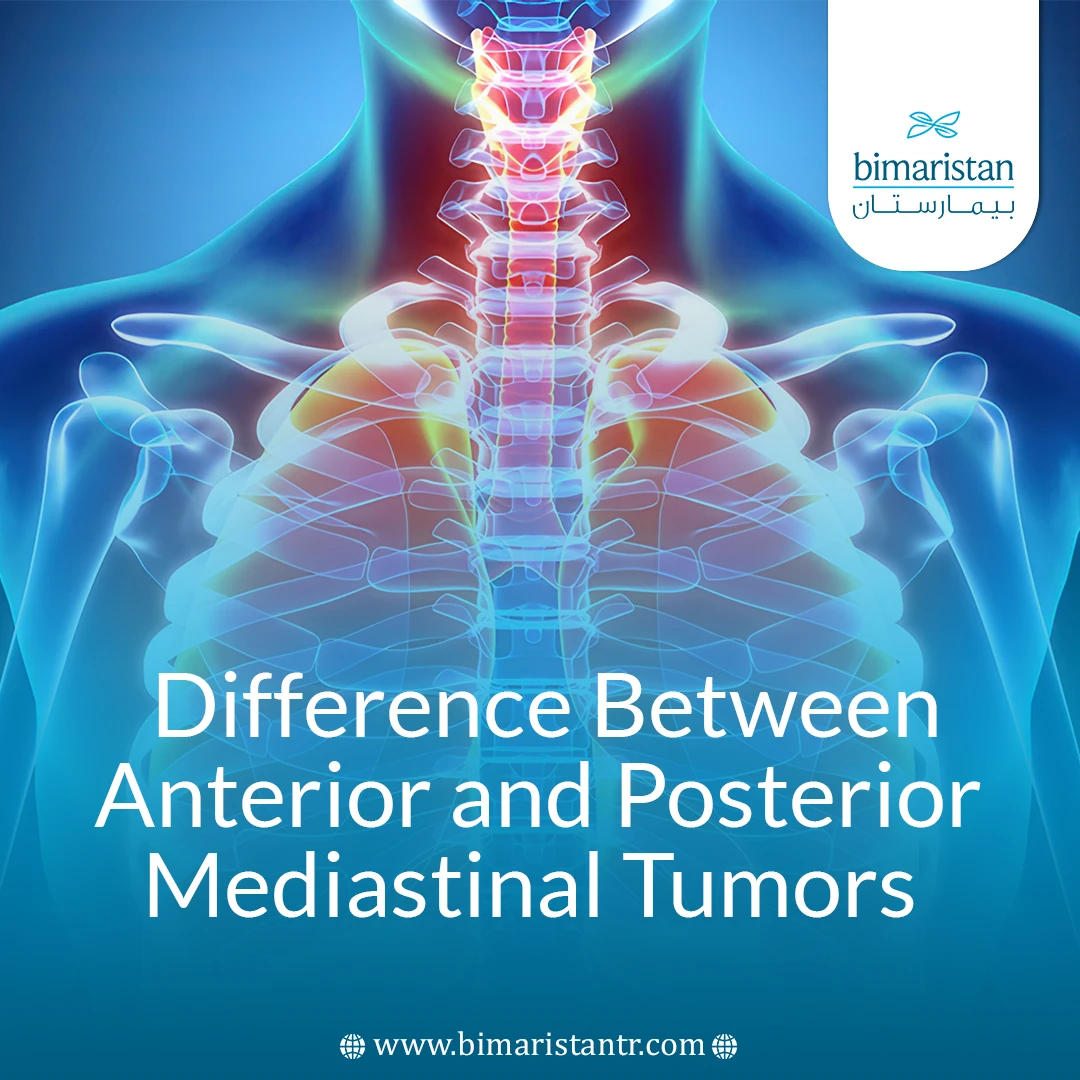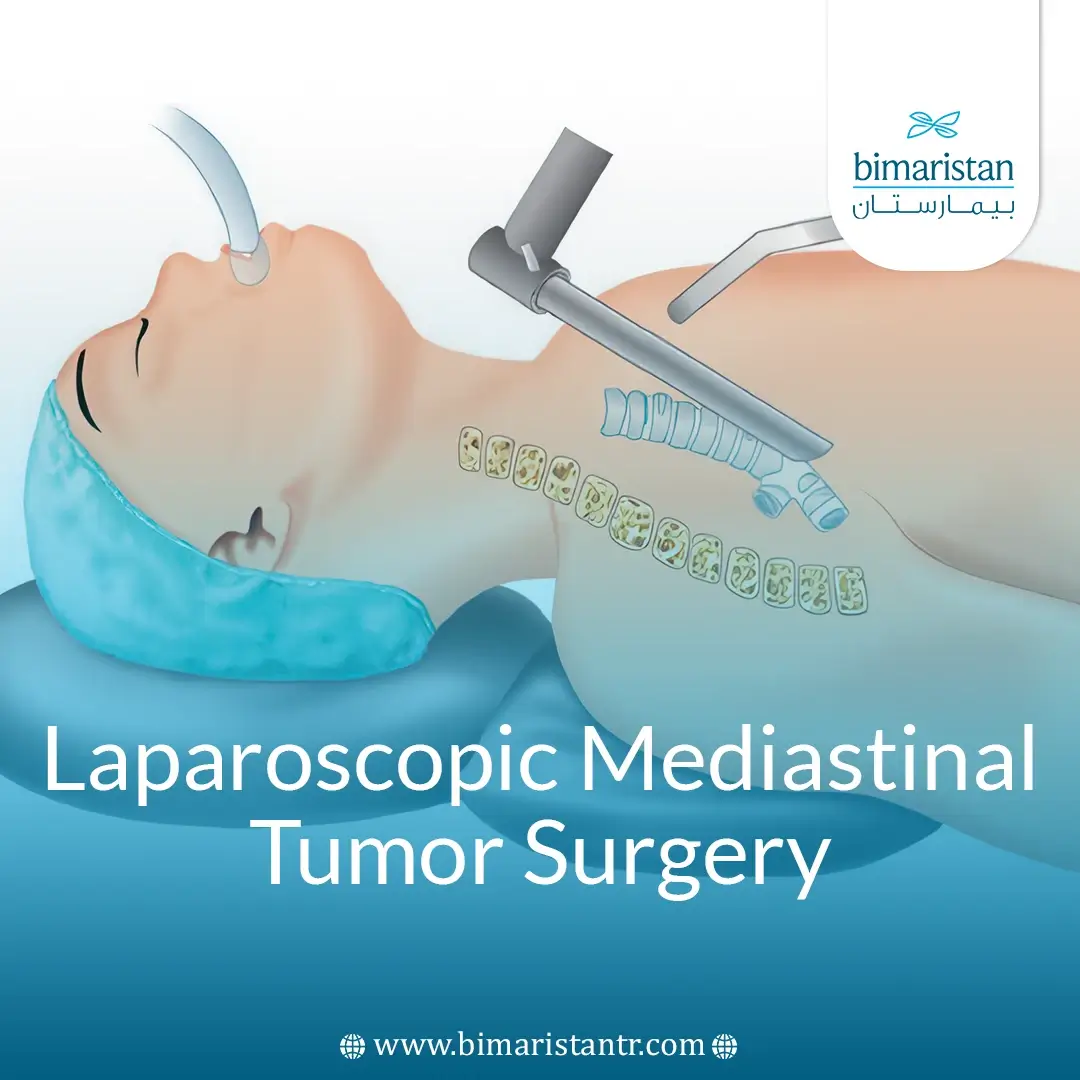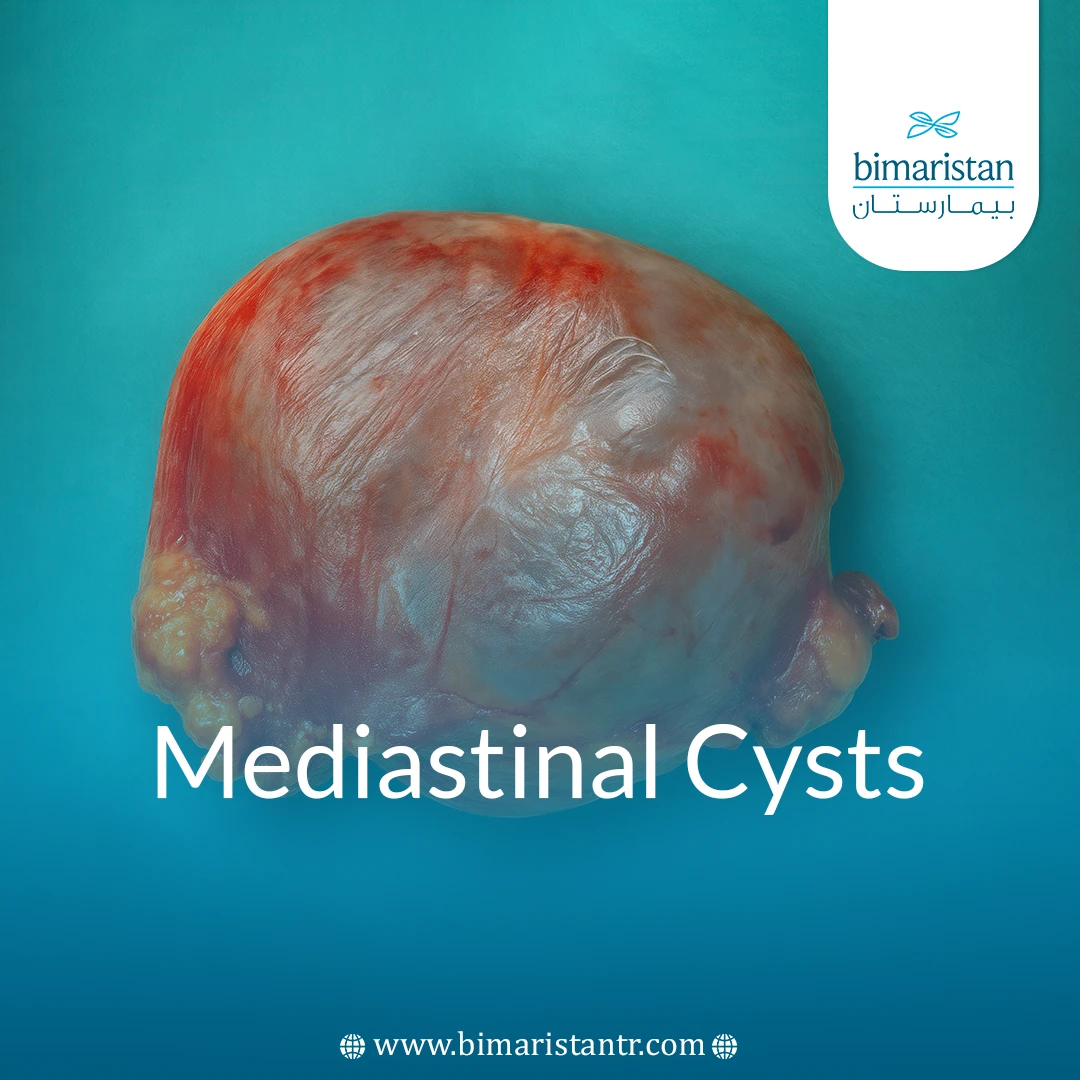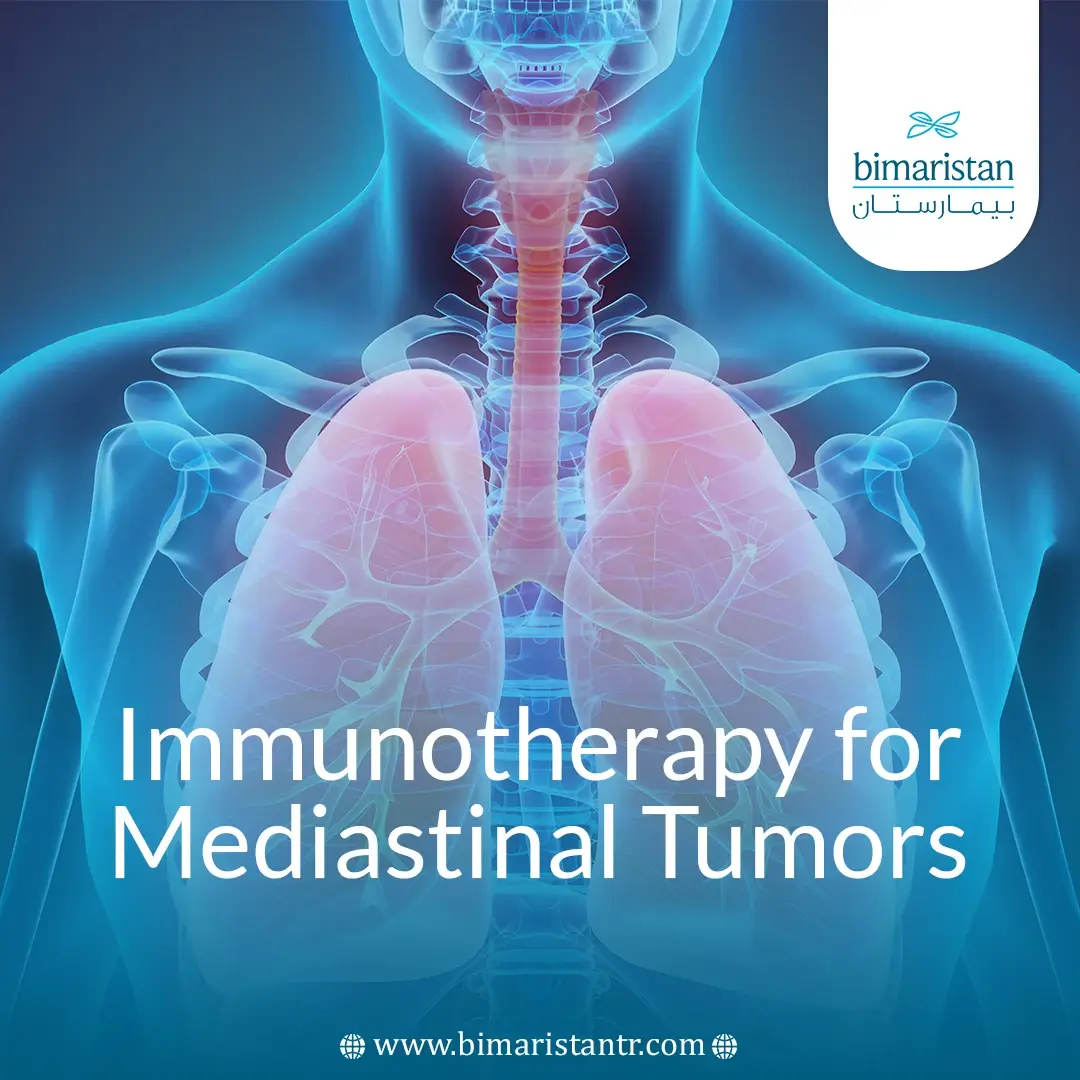
Thoracic
- Everything You Need to Know About Video Thoracoscopy
- Tracheal Diseases in Turkey: Symptoms Diagnosis & Treatments
- Lung Cancer: Types and Diagnosis
- Causes of Hyperhidrosis and Permanent Treatment in Turkey
- Exercises To Treat Pectus Excavatum in Turkey 2025
- Mediastinal Diseases: Causes, Types, Diagnosis and Treatment
chest wall pleural diaphragm
- Pectus Carinatum: Causes and Treatment of Chest Bone Protrusion
- Pleural Effusion: Types and Treatment Options
- Pectus Excavatum (Sunken Chest) and its Treatment 2025
- Mesothelioma Treatment
- Pneumothorax: Symptoms and Treatment
- Hiatal Hernia Treatment
- Exercises To Treat Pectus Excavatum in Turkey 2025
- Broken Ribs Treatment in Turkey: Methods, Recovery & Care
- Chest Wall Tumor Treatment: Types, Resection & Recovery Options
- Diaphragm Pacing Surgery: A Breakthrough in Respiratory Technology
- Laparoscopic Hiatal Hernia Repair: Benefits, Procedure, and Recovery Insights
hyperhidrosis
lung diseases
- Pediatric Asthma Treatment & Management
- Lung Abscess Treatment: Removal & Prevention Guide
- Bronchial Asthma Treatment in Turkey | Causes and Prevention
- Chronic obstructive pulmonary disease (COPD): How It Impacts Breathing and Treatment Options
- Lung Volume Reduction Surgery: Boost Breathing & Enhance Quality of Life
- Pulmonary Embolism Treatment: Causes, Symptoms, and Prevention Guide
- COPD Treatment: Effective Steps for Easy Breathing
- What is Tuberculosis? Causes, Types, and Mechanism of Infection
- Tuberculosis treatment: The latest medications and protocols
- Tuberculosis Diagnosis Explained: Early Detection and Treatment Options
- Drug-resistant tuberculosis: Causes, Symptoms, and Modern Treatment
- Tuberculosis prevention: The most important ways to protect yourself and those around you
- Extrapulmonary tuberculosis: Types, symptoms, and different treatment methods
- Tuberculosis in children: Symptoms, causes, and modern treatment methods
lung-cancer
- VATS Lobectomy
- Robotic Lobectomy
- What’s New in Lung Cancer Treatment
- Lung Cancer Symptoms, Causes & Prevention
- Asbestos and lung cancer: How does exposure to asbestos increase your risk?
- Squamous Cell Lung Cancer: The Deadliest Smoking‑Related Lung Cancer
- Lung Adenocarcinoma: Causes, Symptoms & Treatment
- Pulmonary nodules: Everything you need to know about early detection and follow-up
- Early detection of lung cancer: The importance of life-saving CT scans
mediastinal
- Pericardial Effusion in Turkey: Causes & Treatment Guide
- Robotic Thymectomy Surgery: Advanced Minimally Invasive Treatment
- Thymectomy Surgery: A Procedure to Treat Thymus Diseases
- Superior Vena Cava Syndrome: Causes, Symptoms, and Treatment Options
- Mediastinitis: Causes, Symptoms and Treatment
- Mediastinal Mass Diagnosis: Key Methods to Identify the Nature of the Mass
- Difference Between Anterior and Posterior Mediastinal Tumors: Causes, Symptoms, and Diagnosis
- Follow-Up After Mediastinal Tumor Surgery: Complete Guide to Tests and Follow-Up Plans
- Vats Mediastinal Tumor Surgery: Safe and Precise Chest Tumor Treatment
- Mediastinal Cysts: Types, Causes, Symptoms, and Treatment Options
- Immunotherapy for Mediastinal Tumors: A New Era in Modern Cancer Treatment


